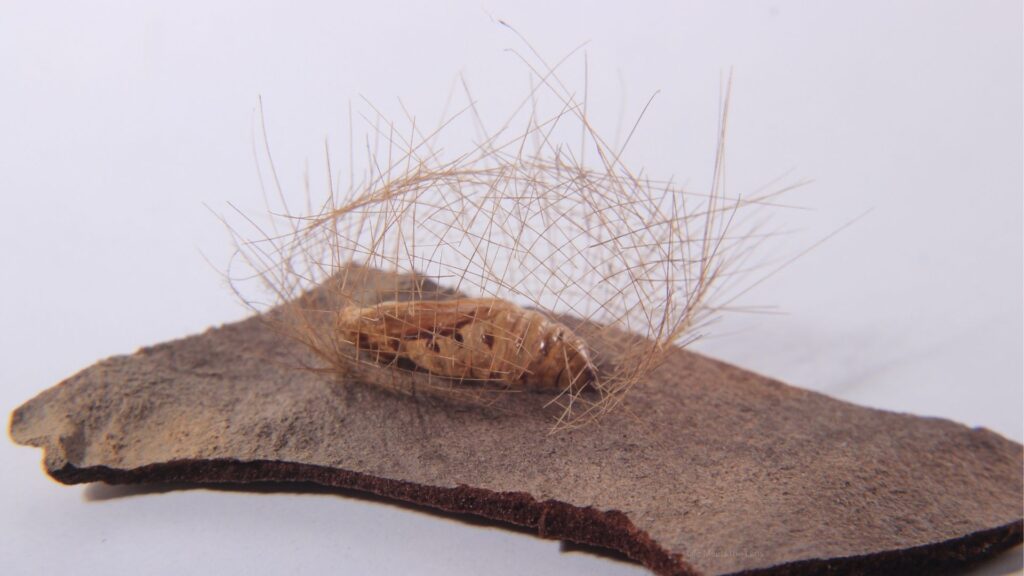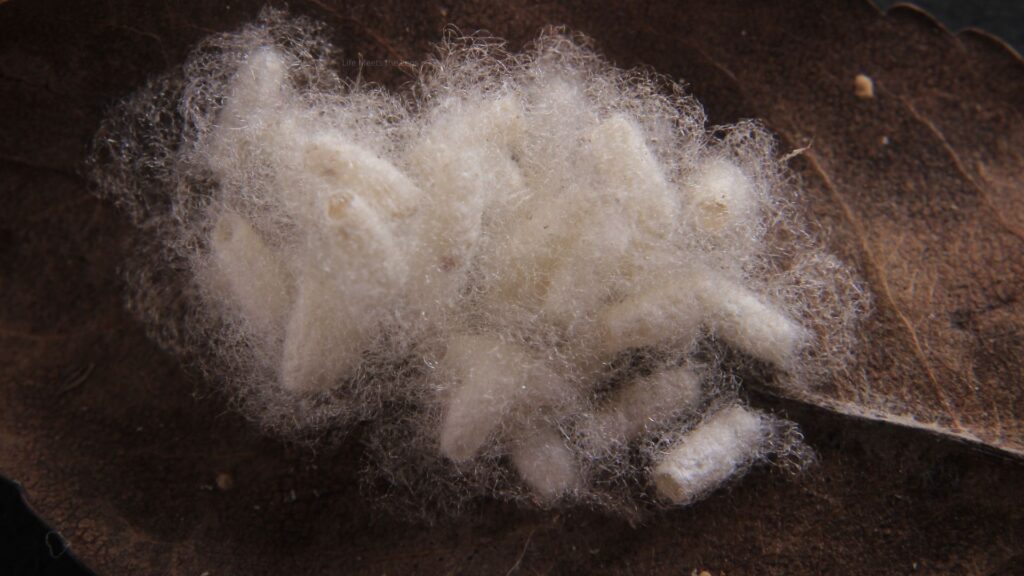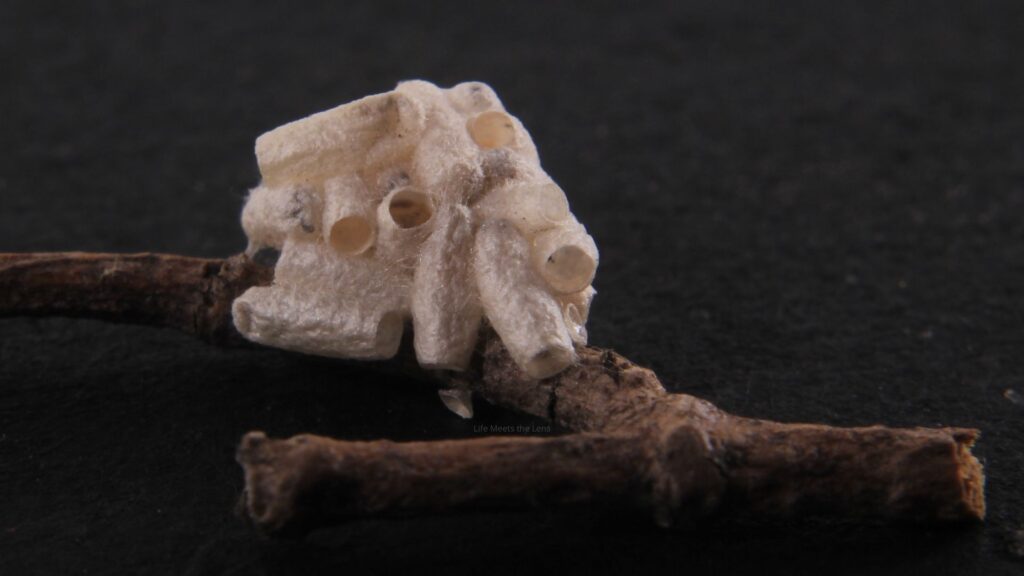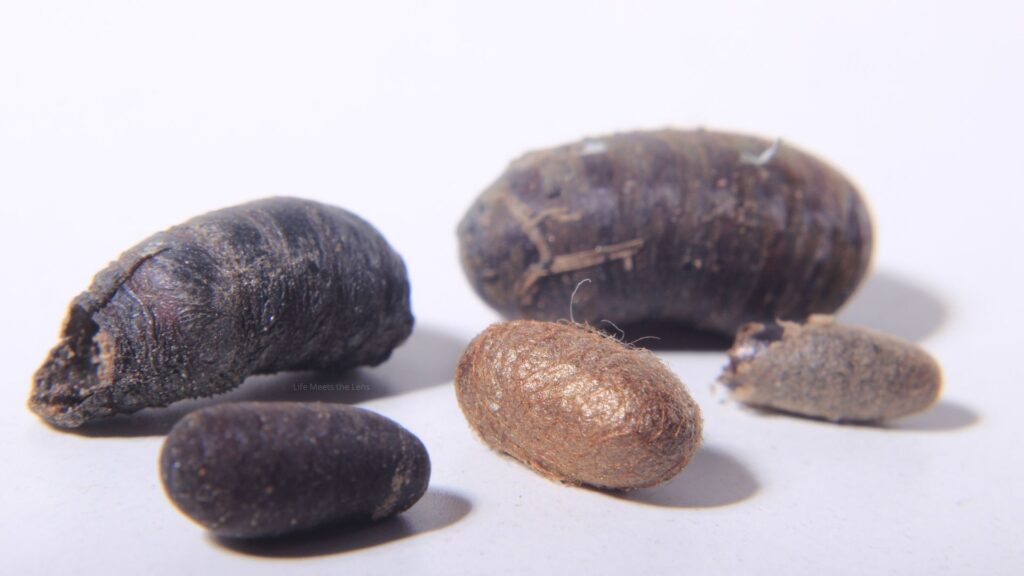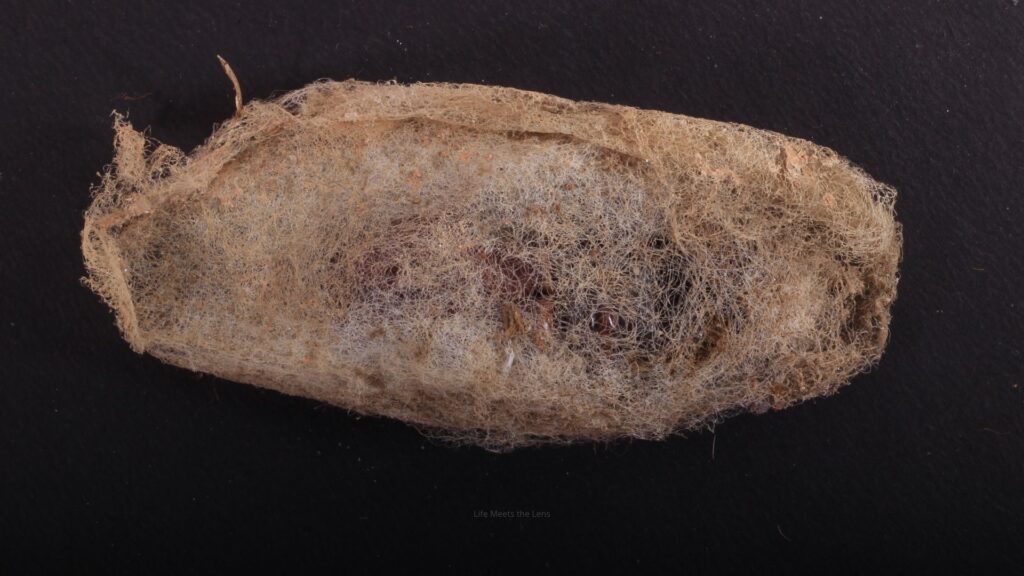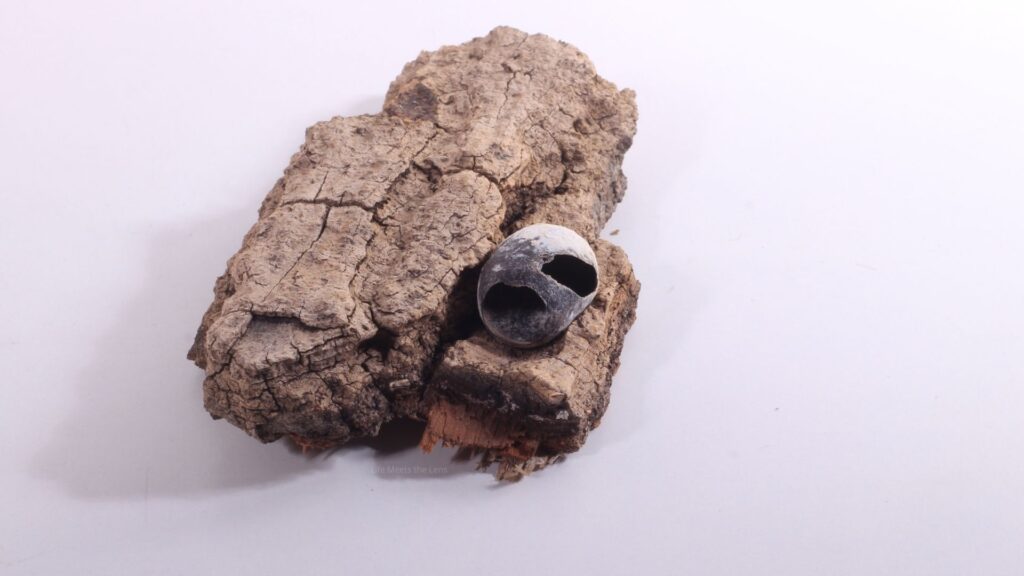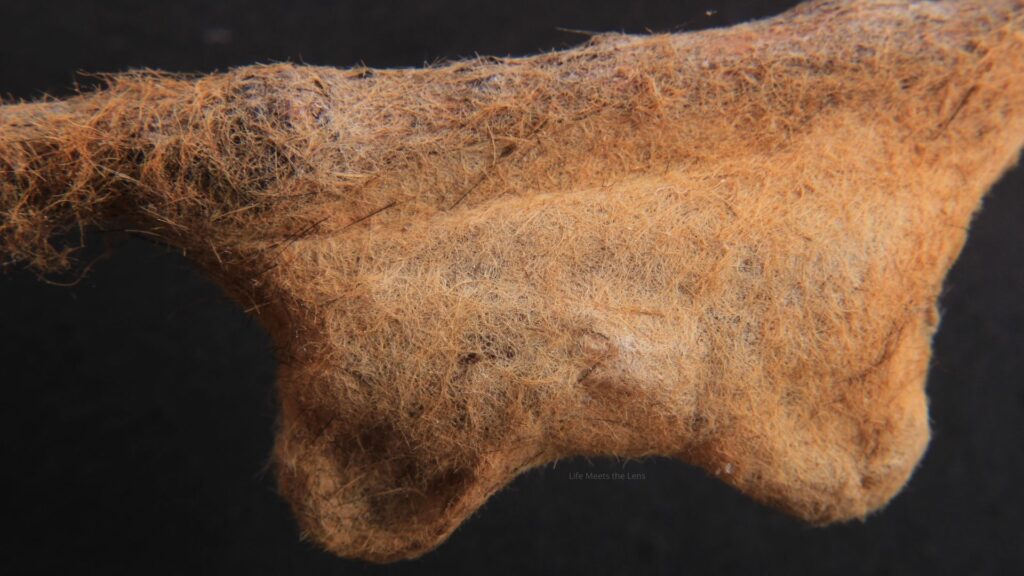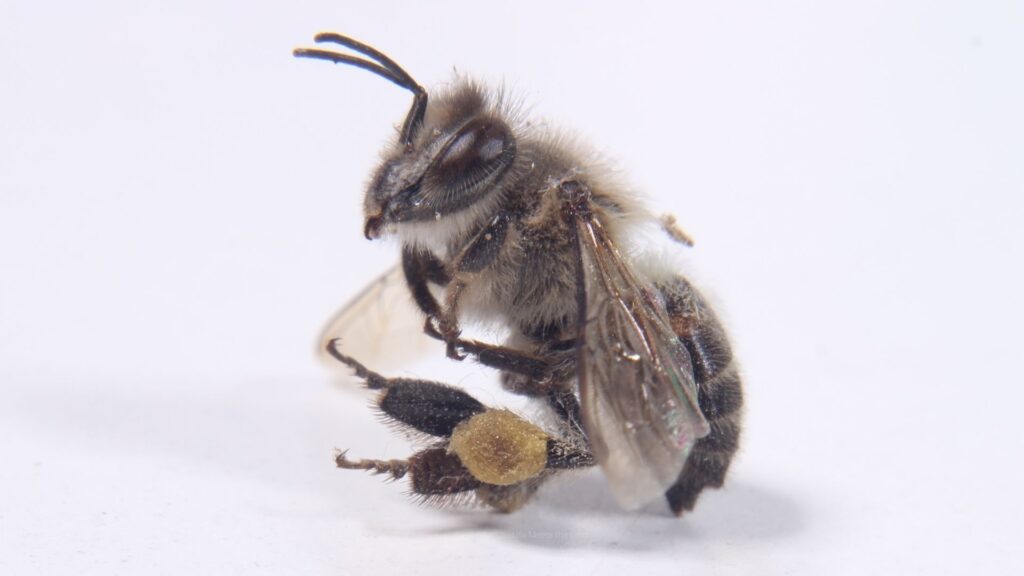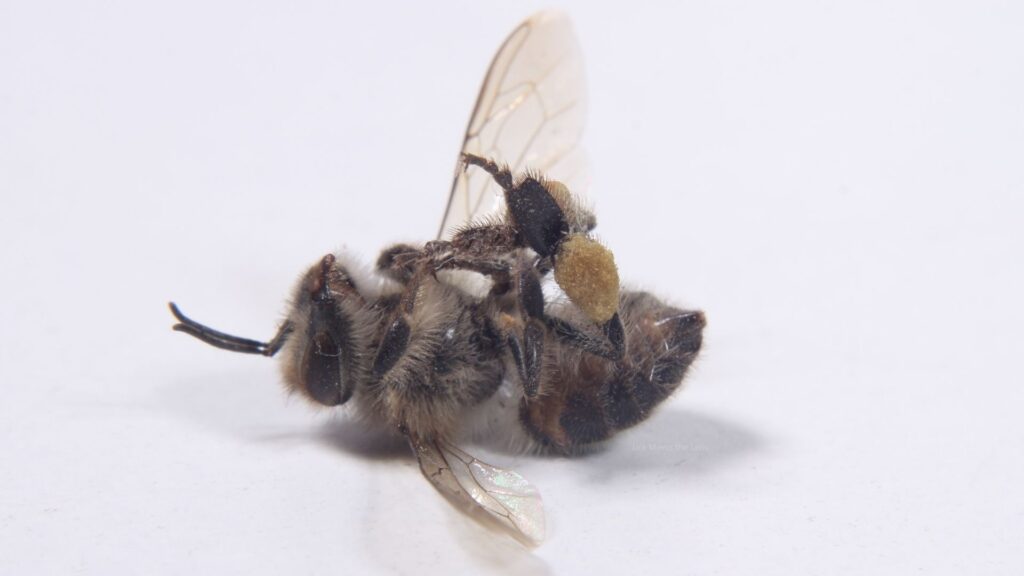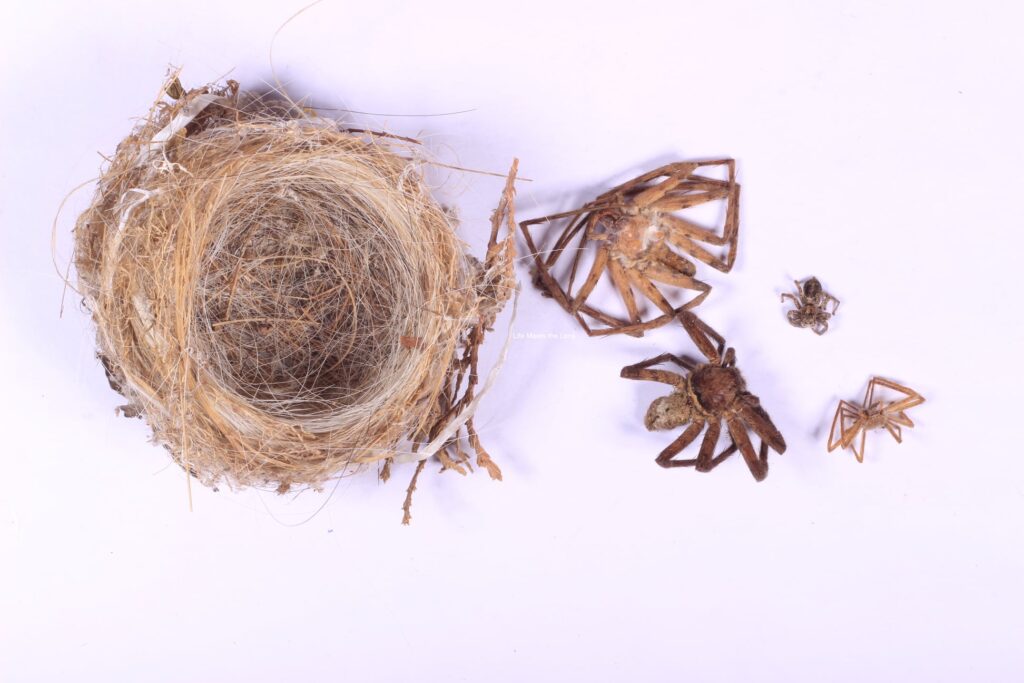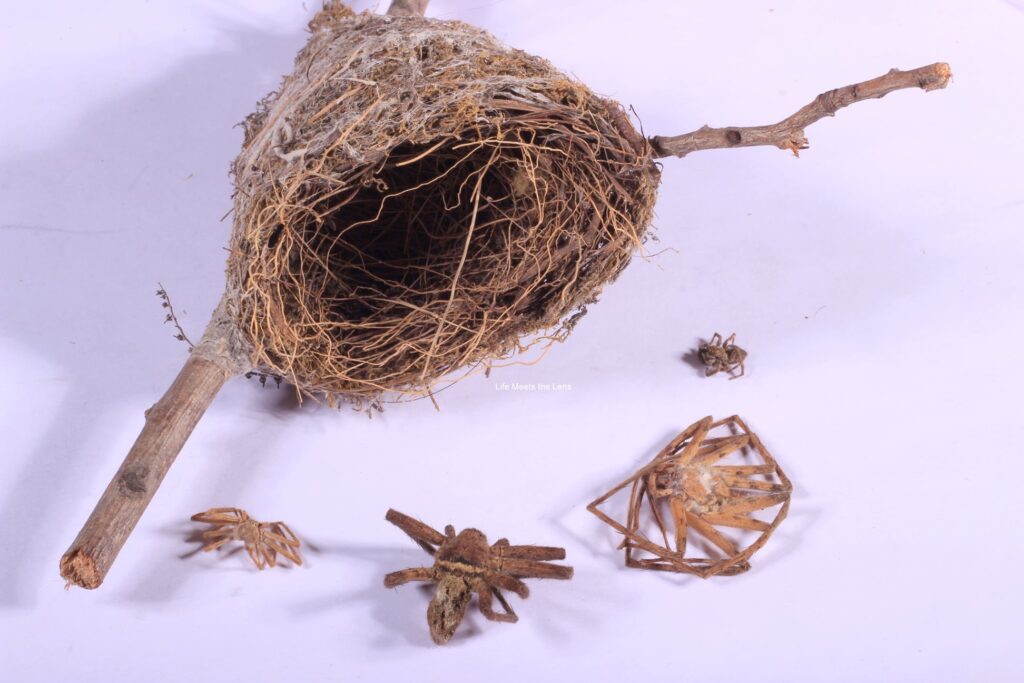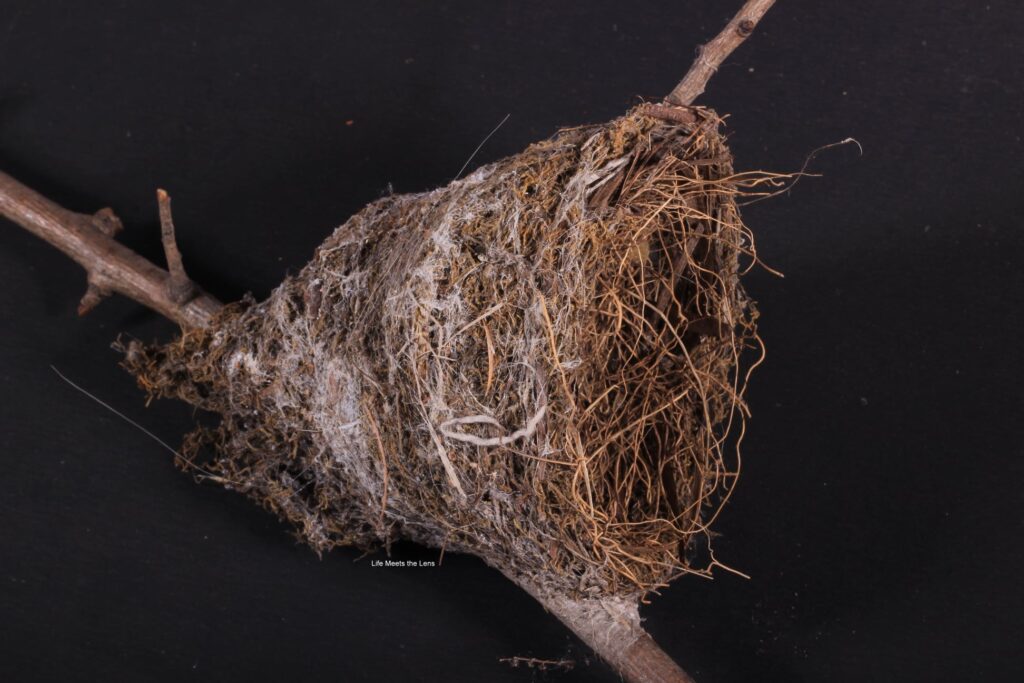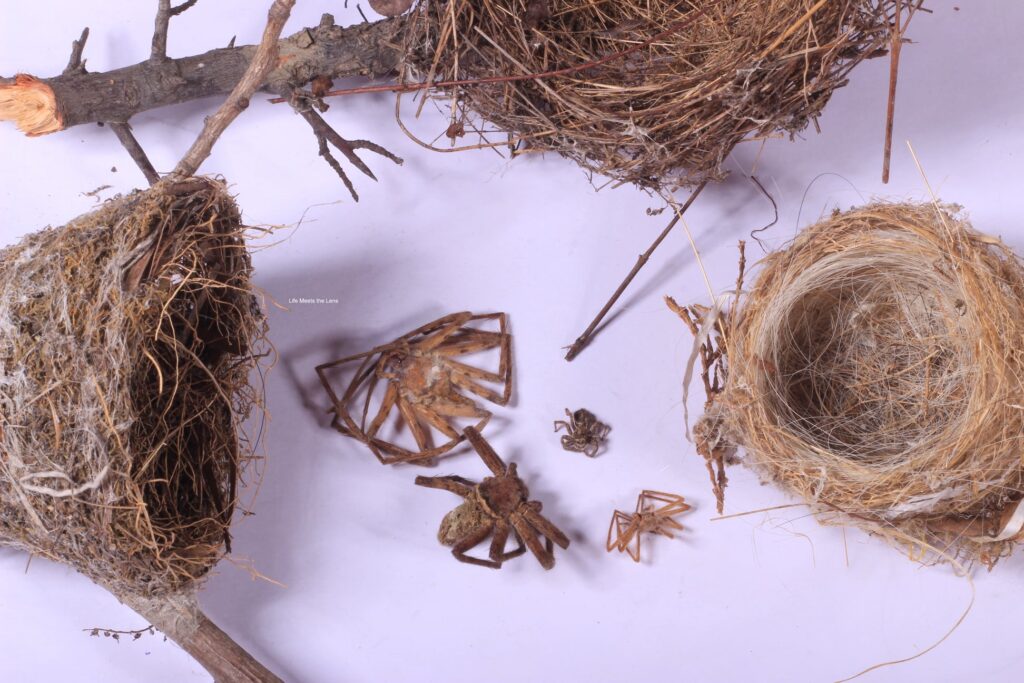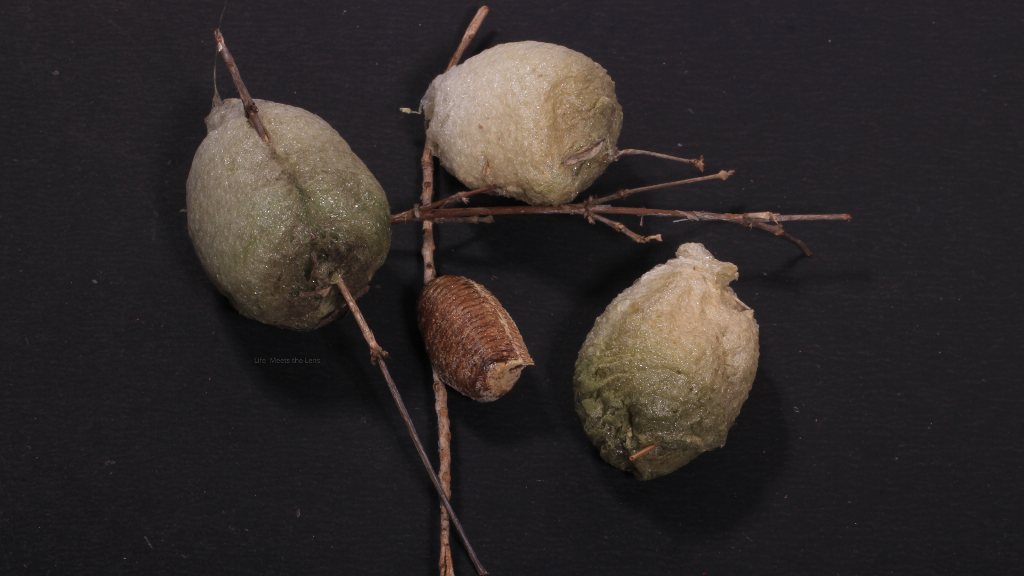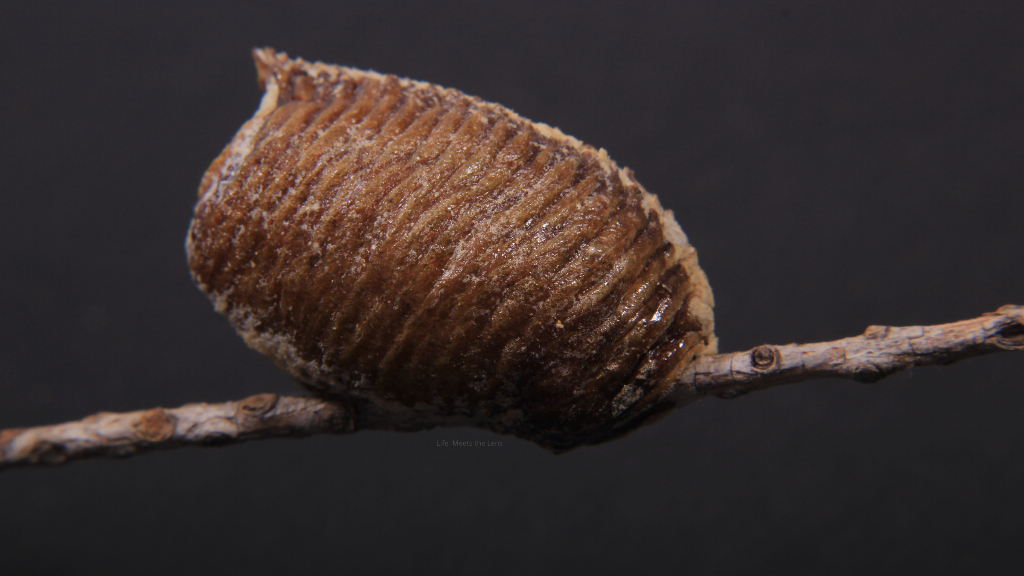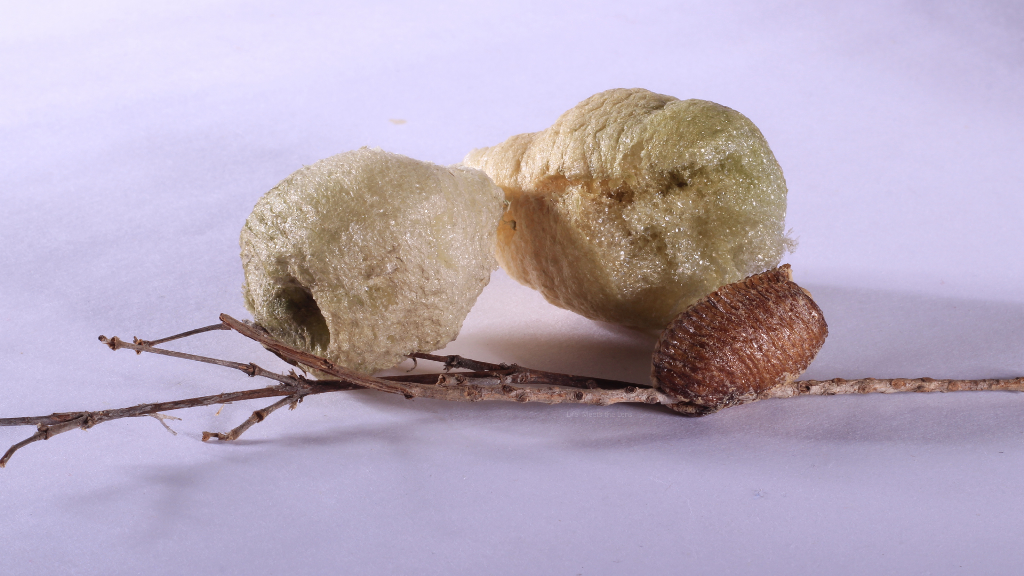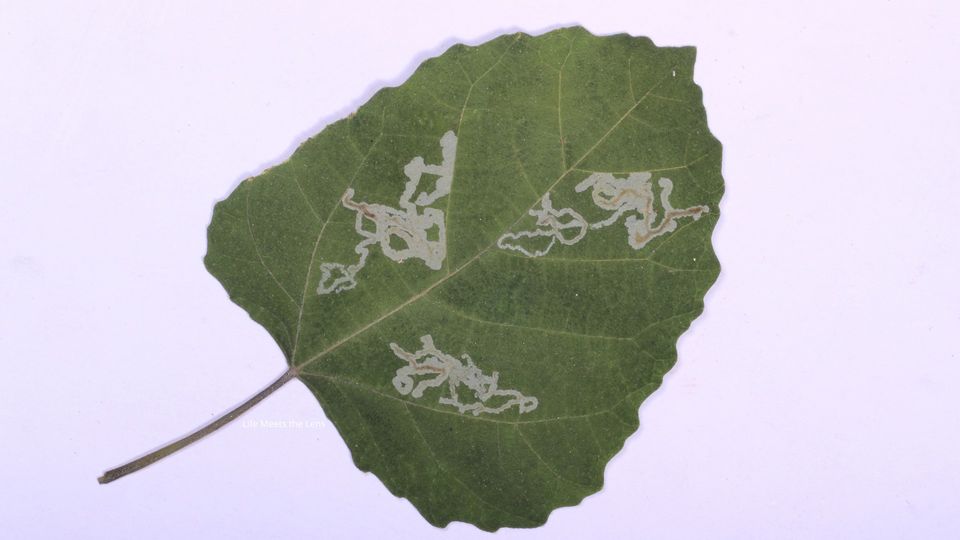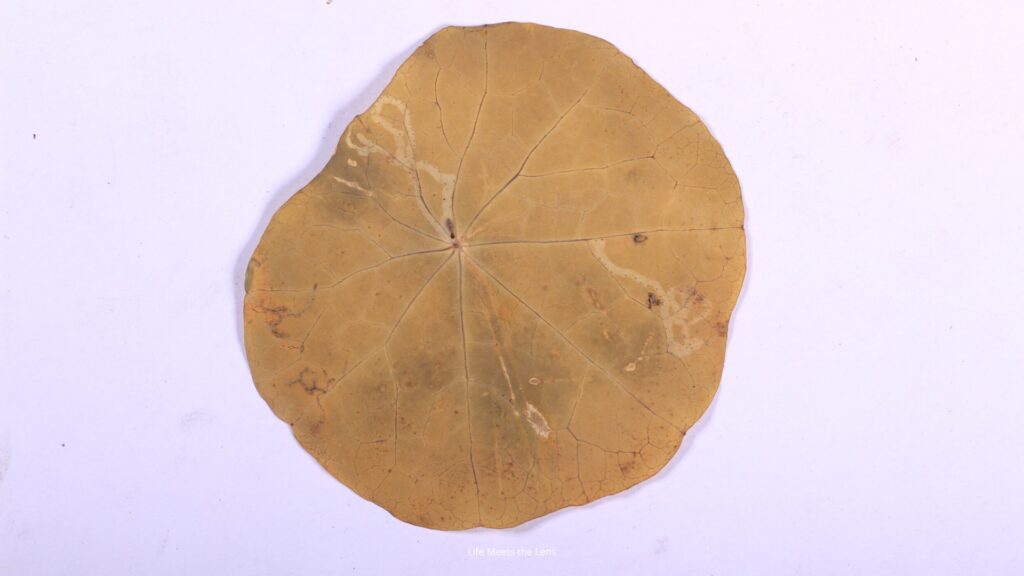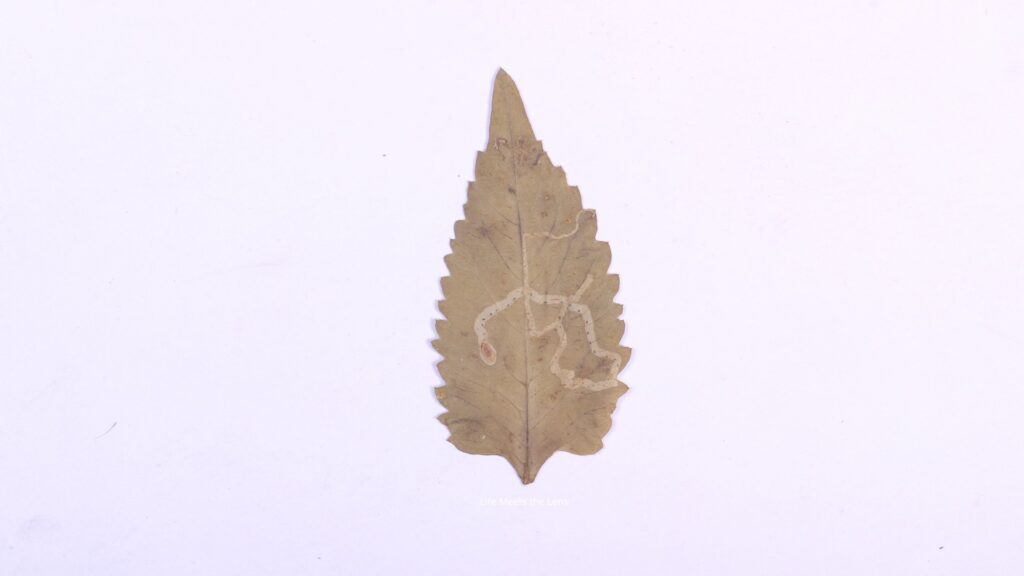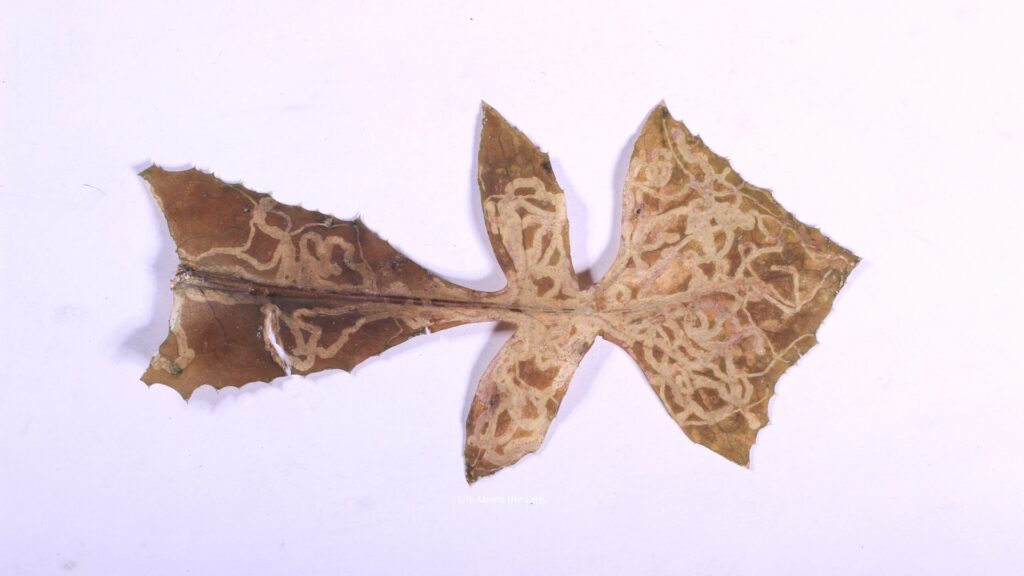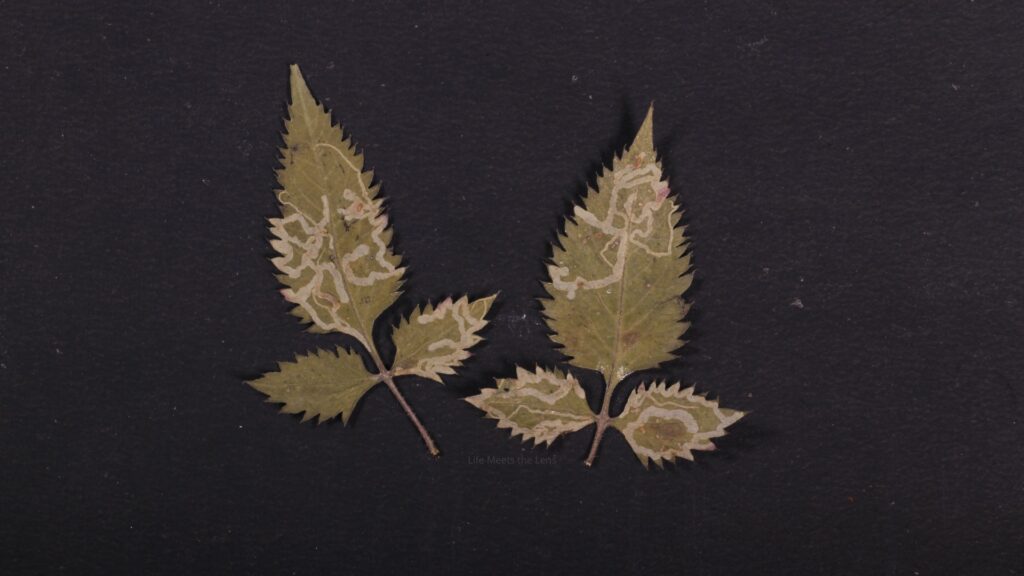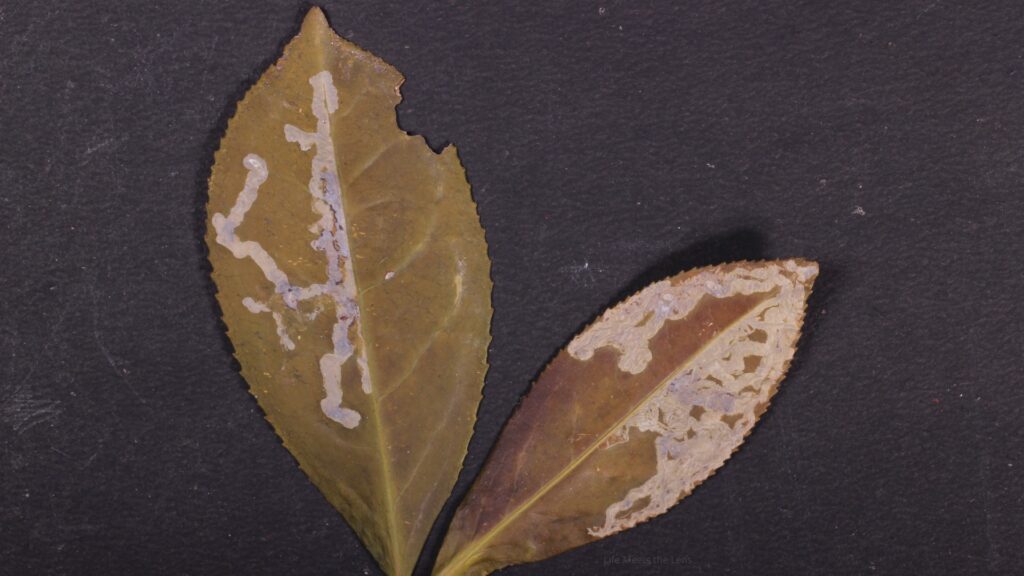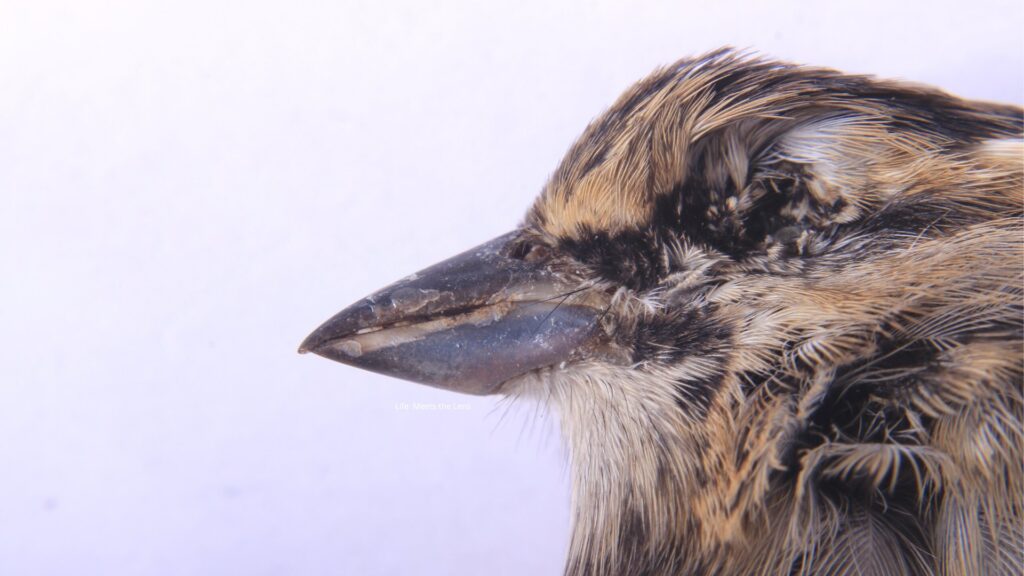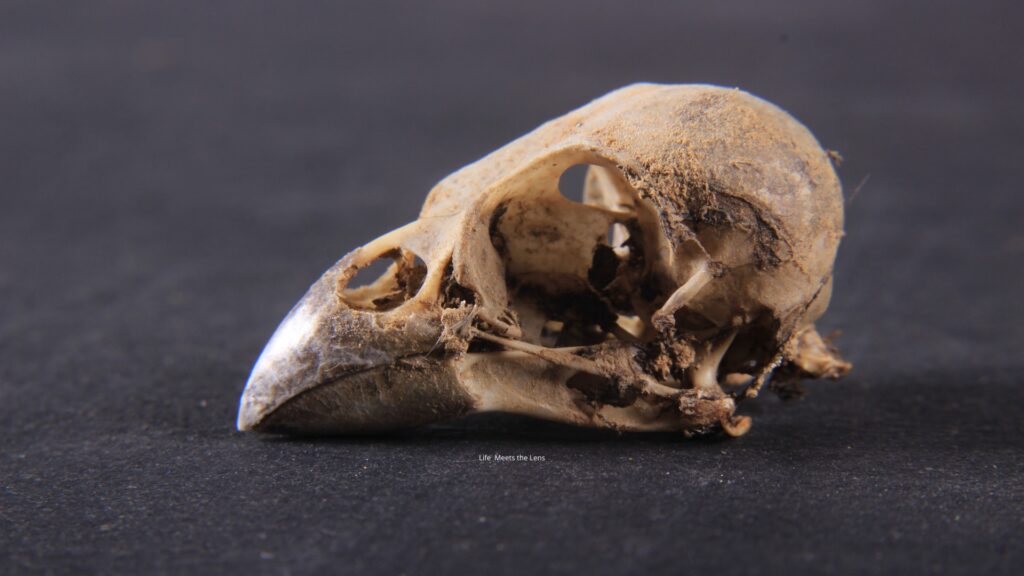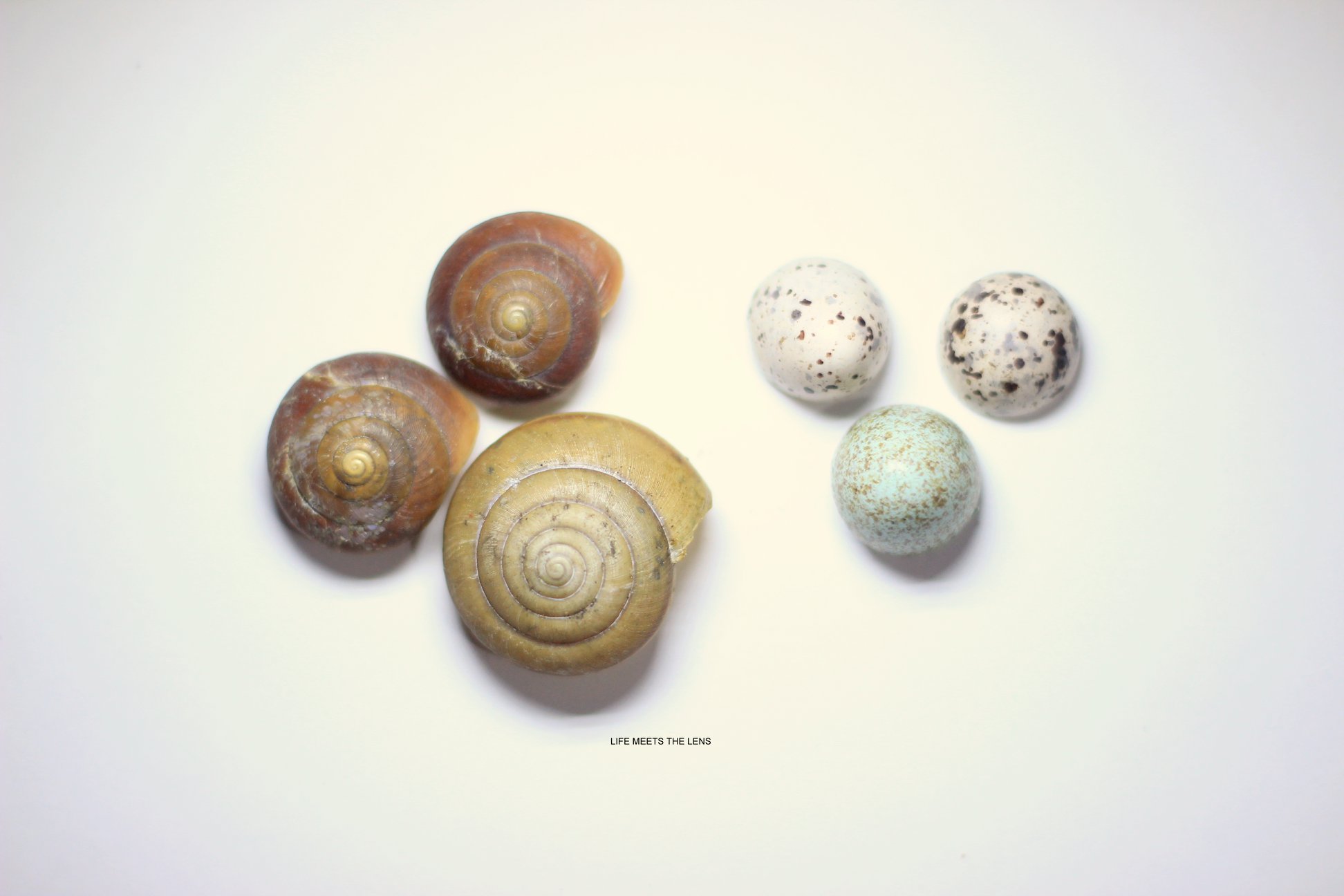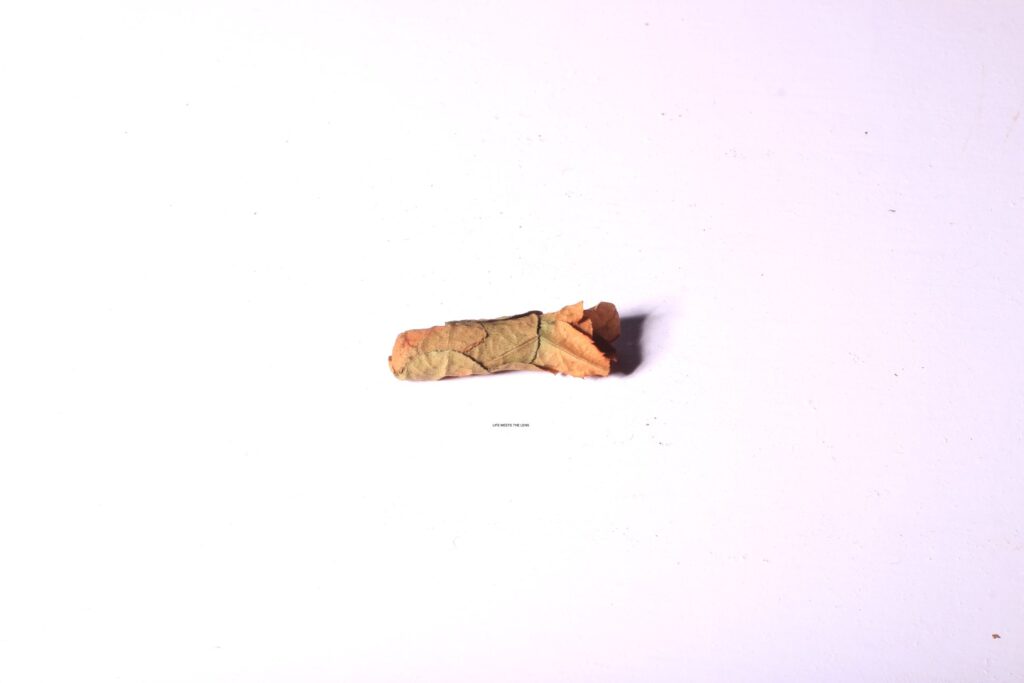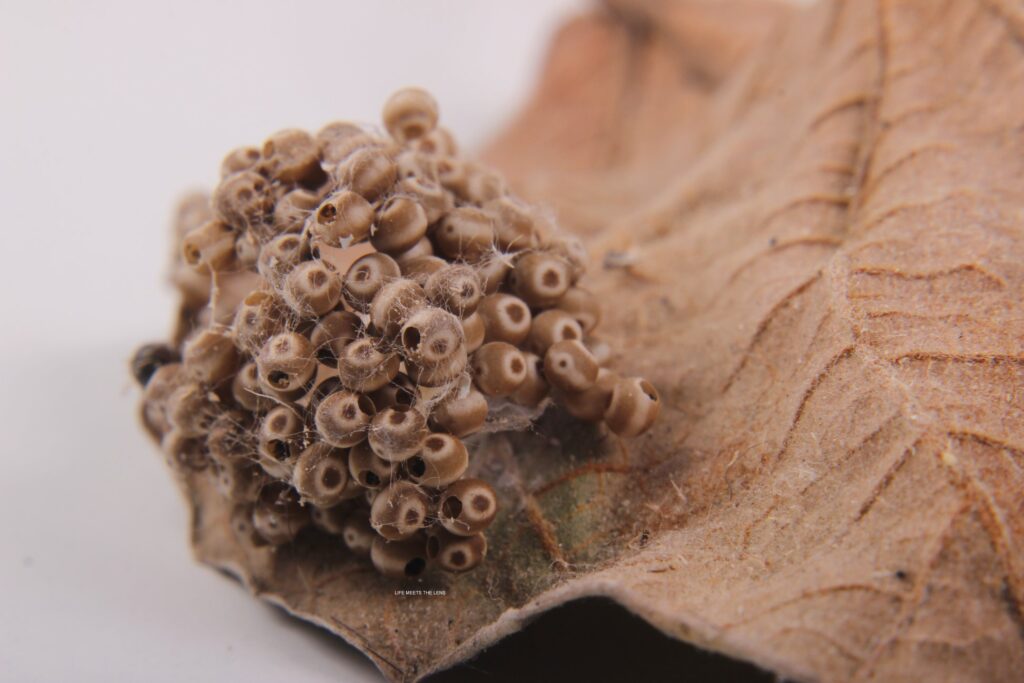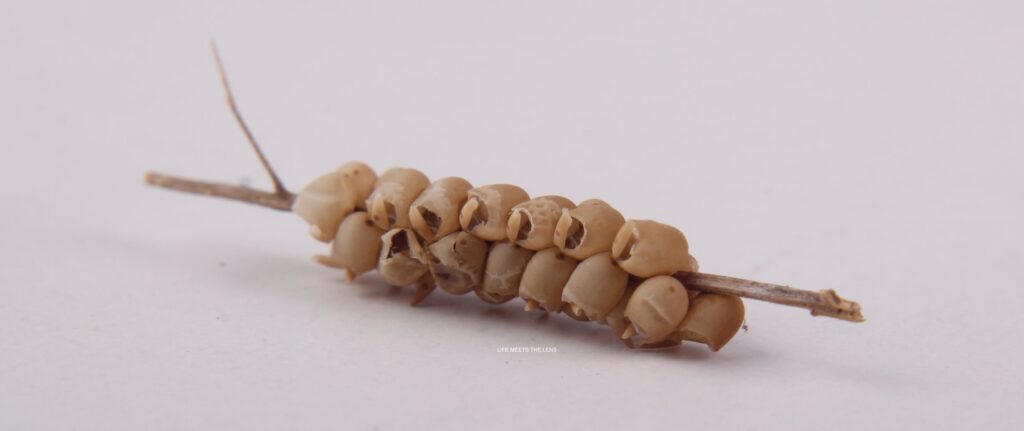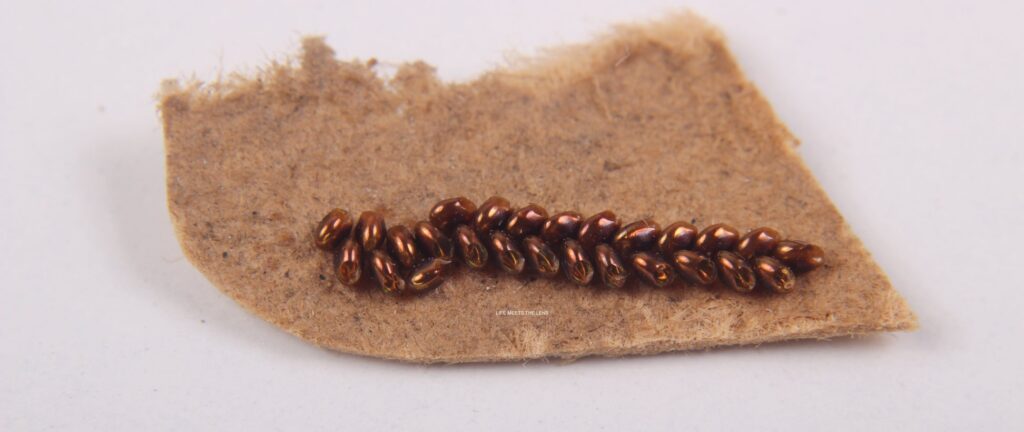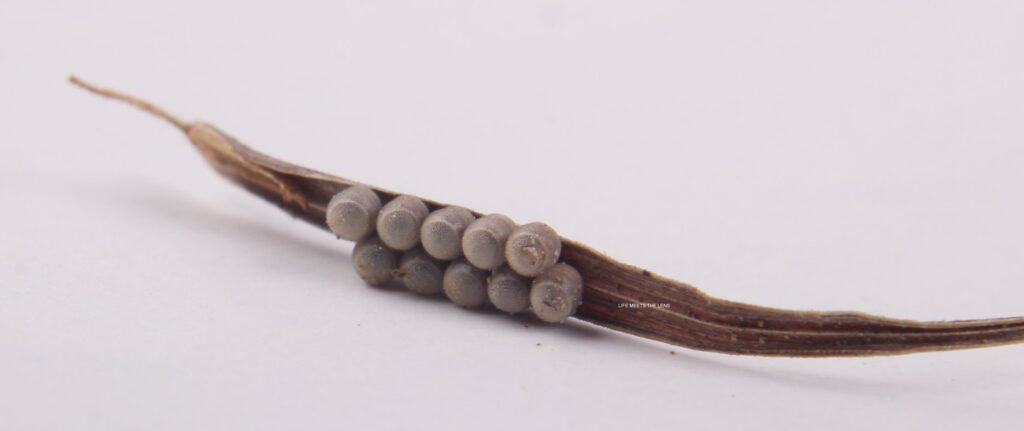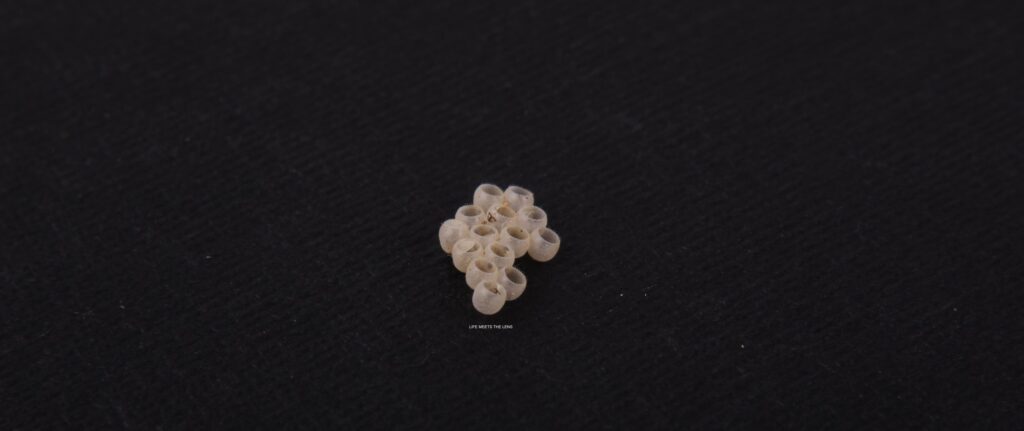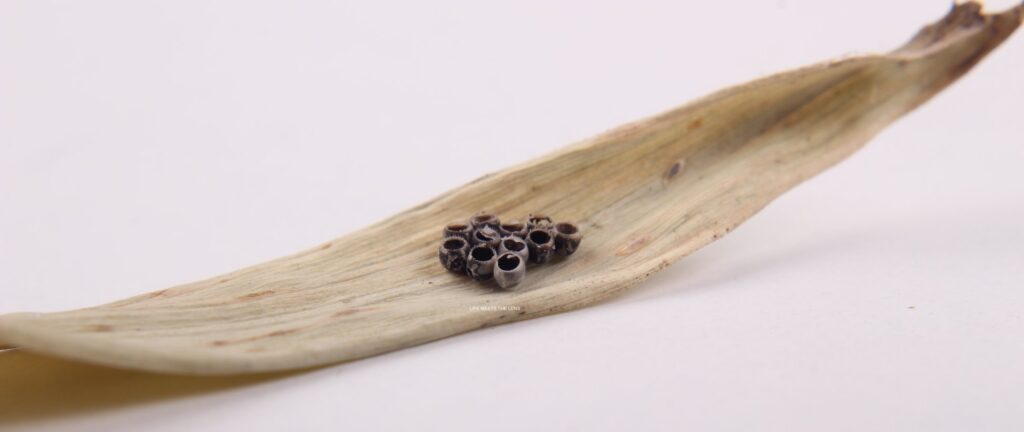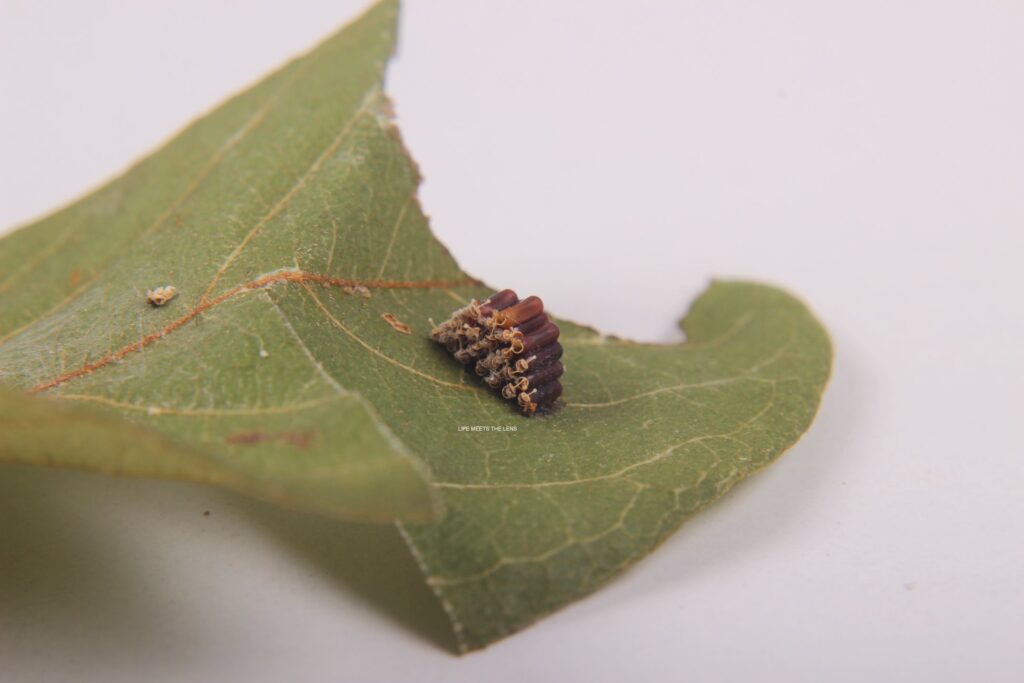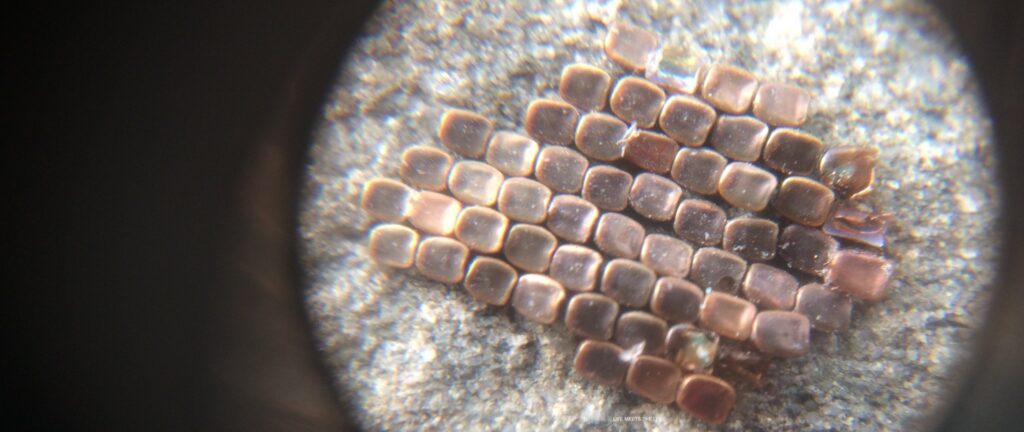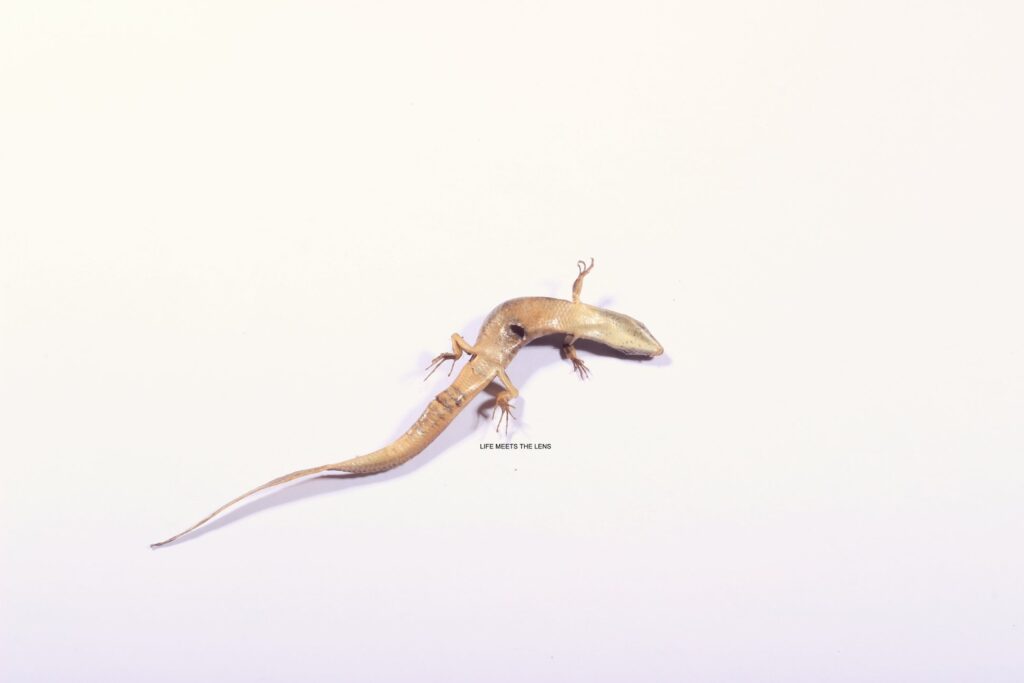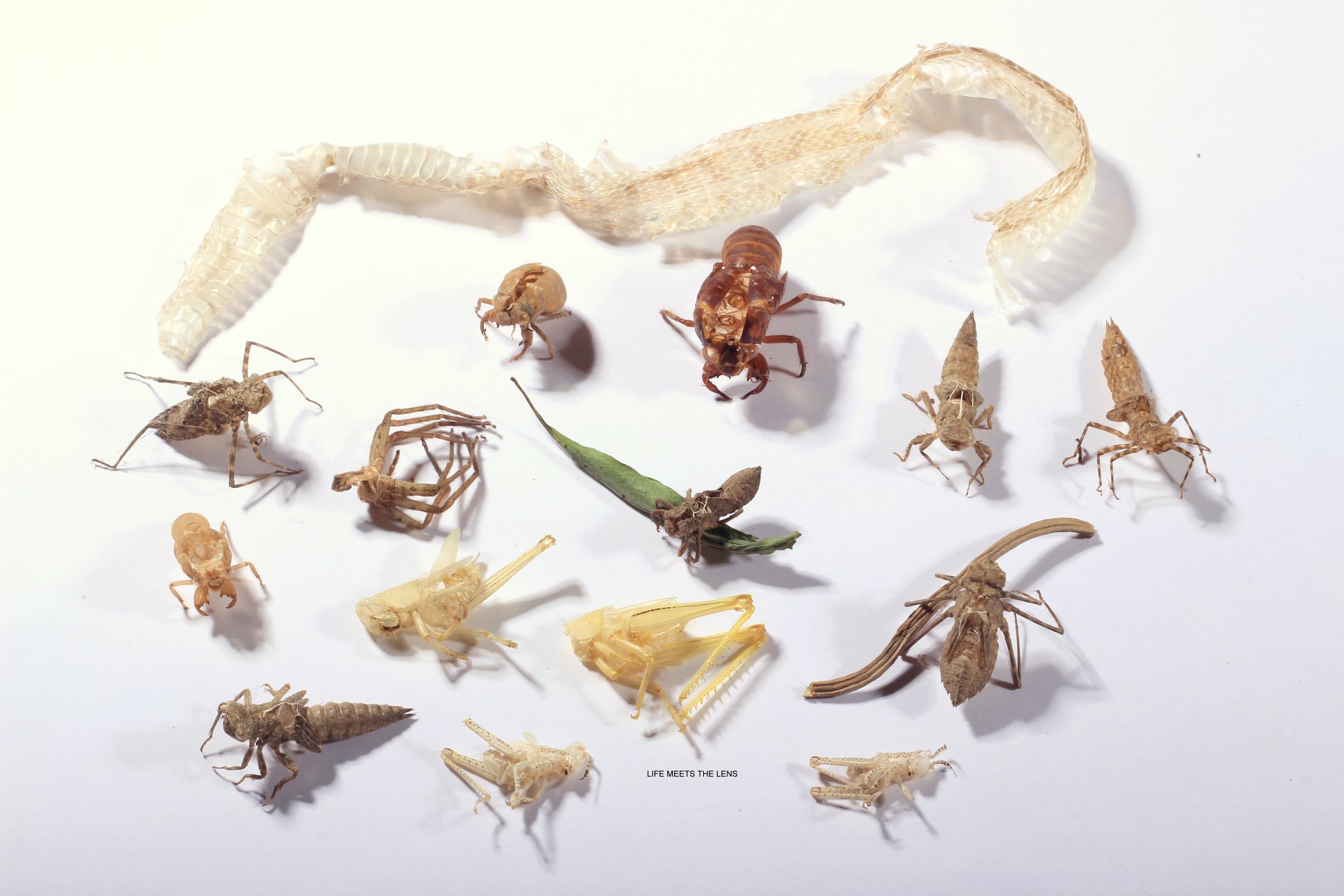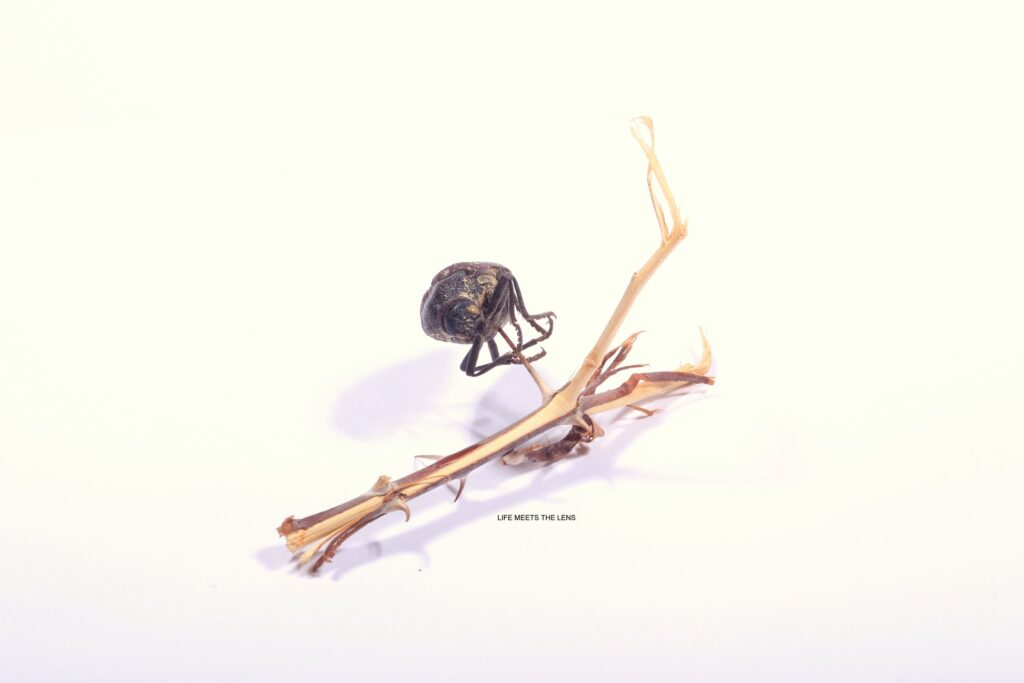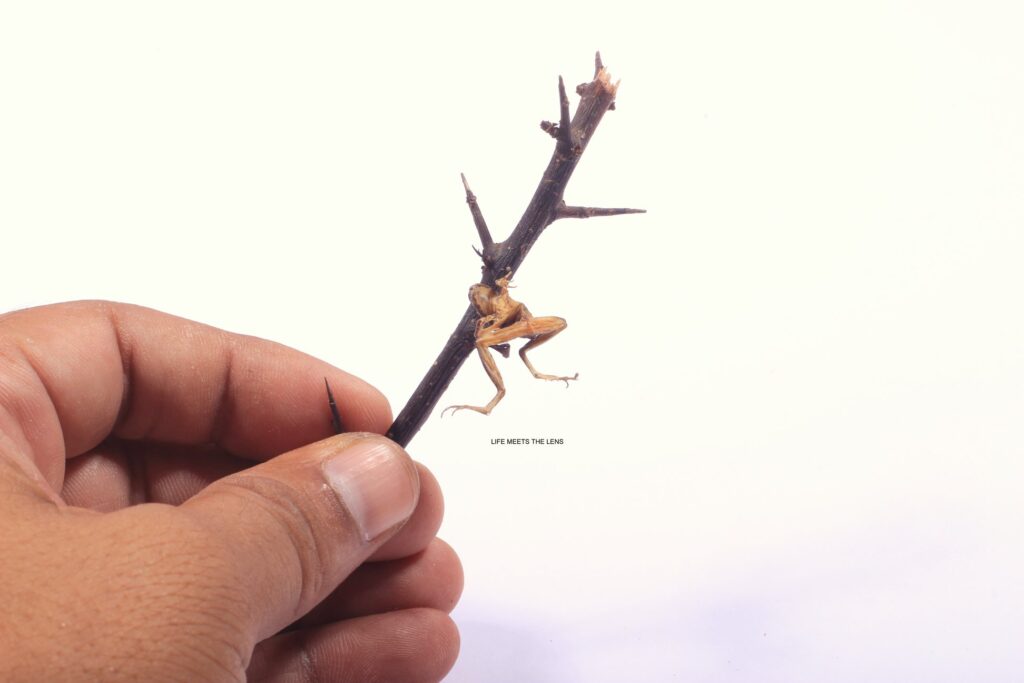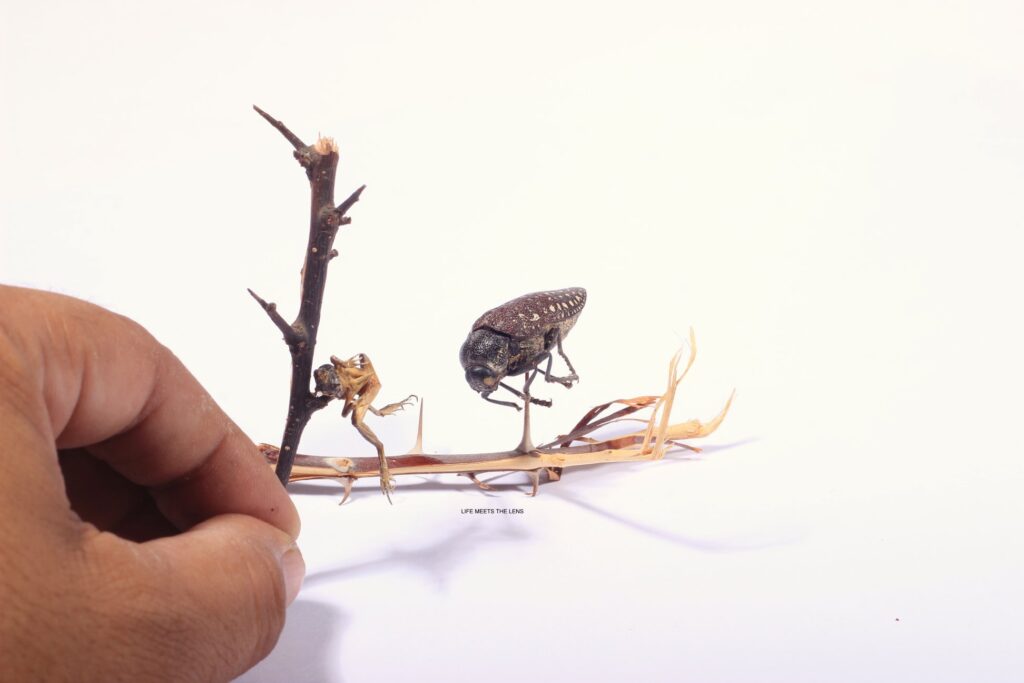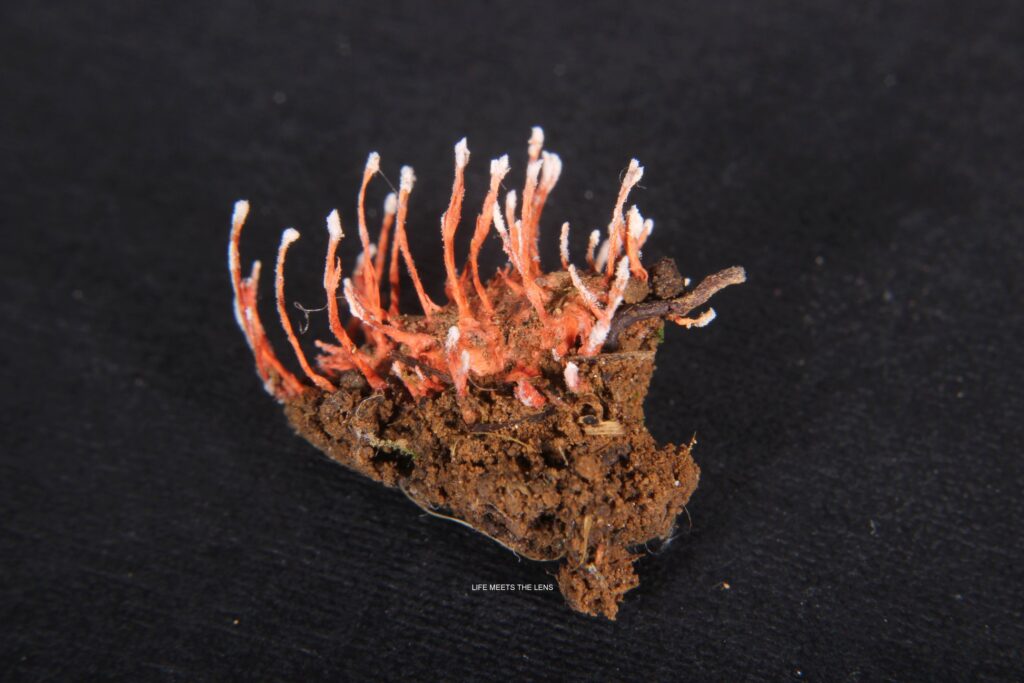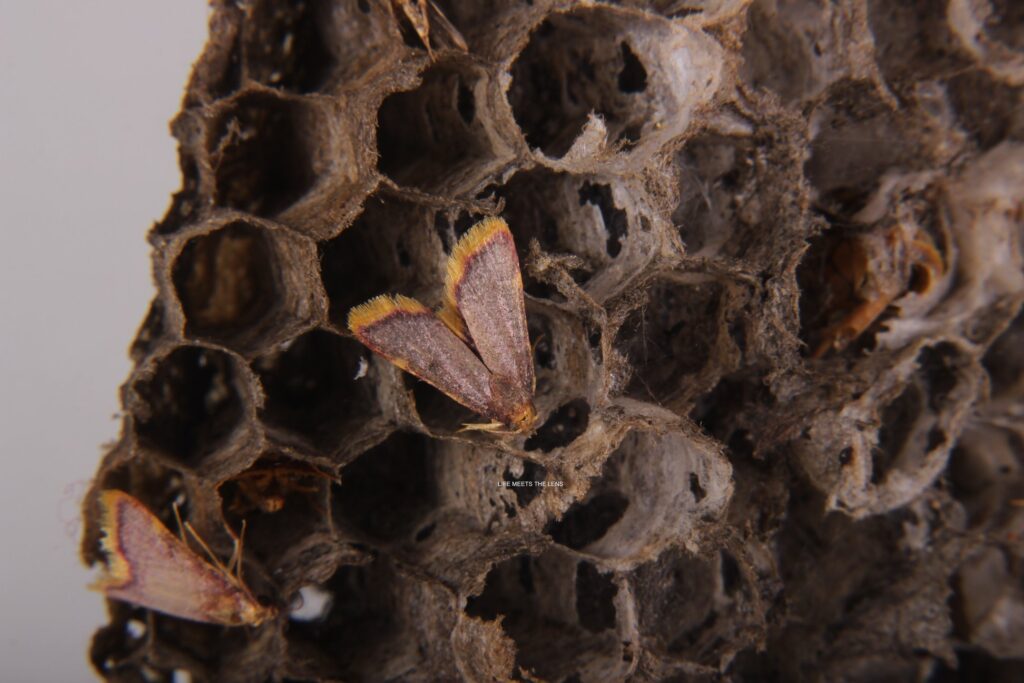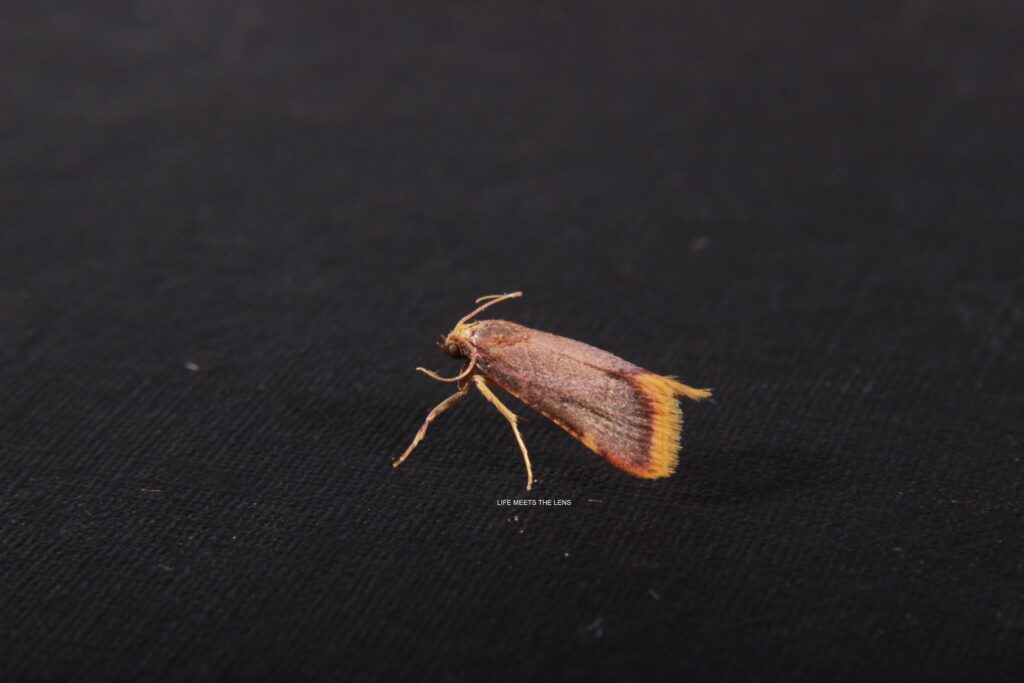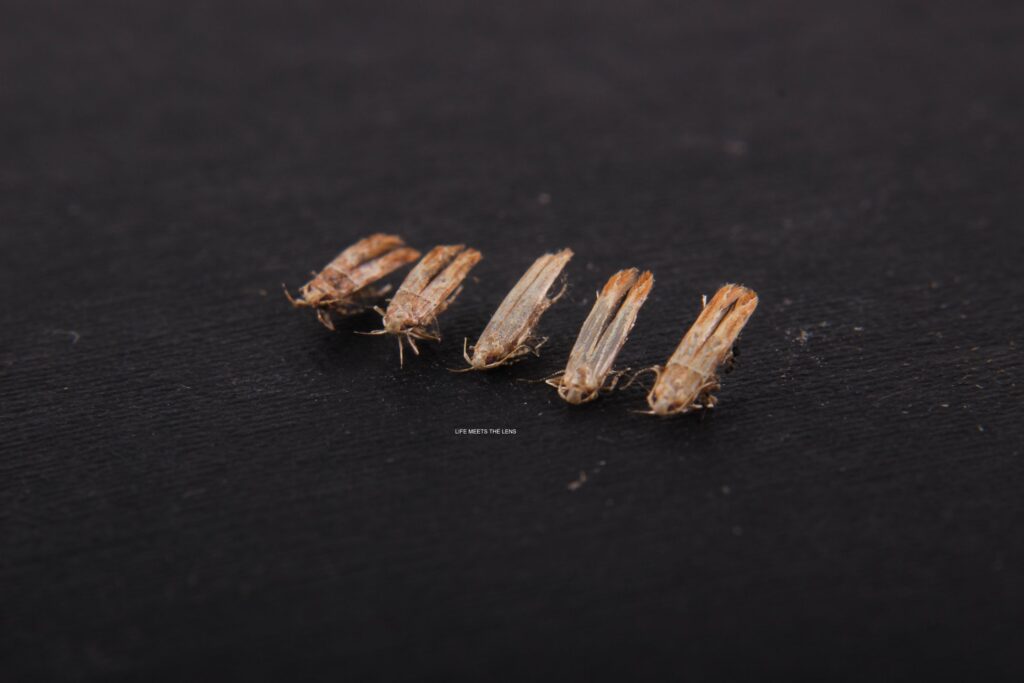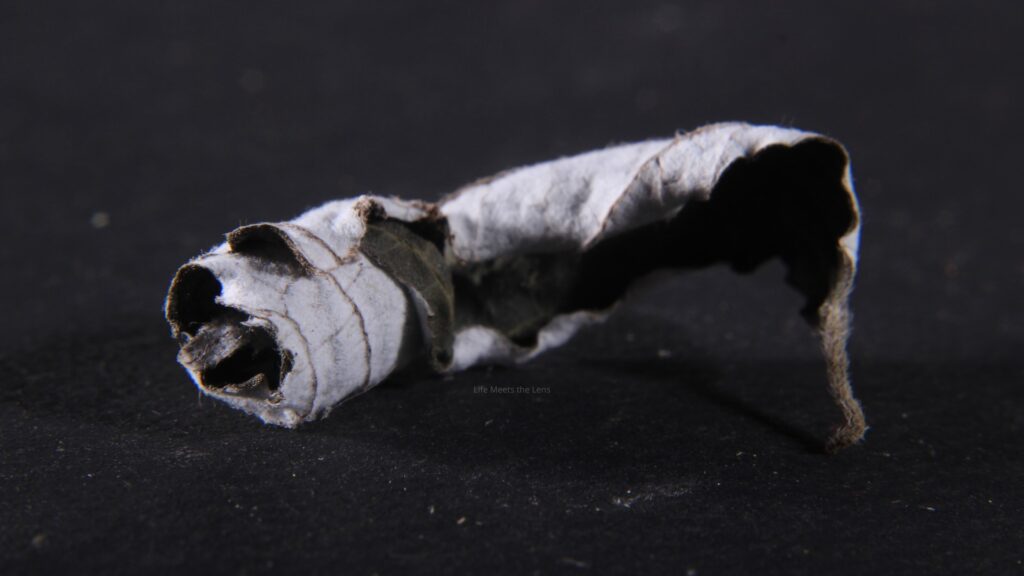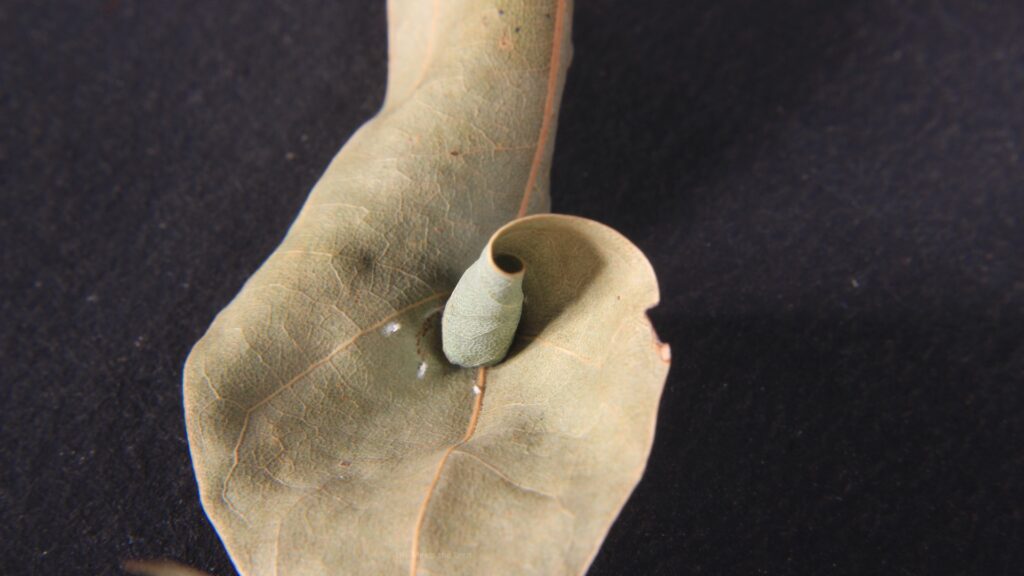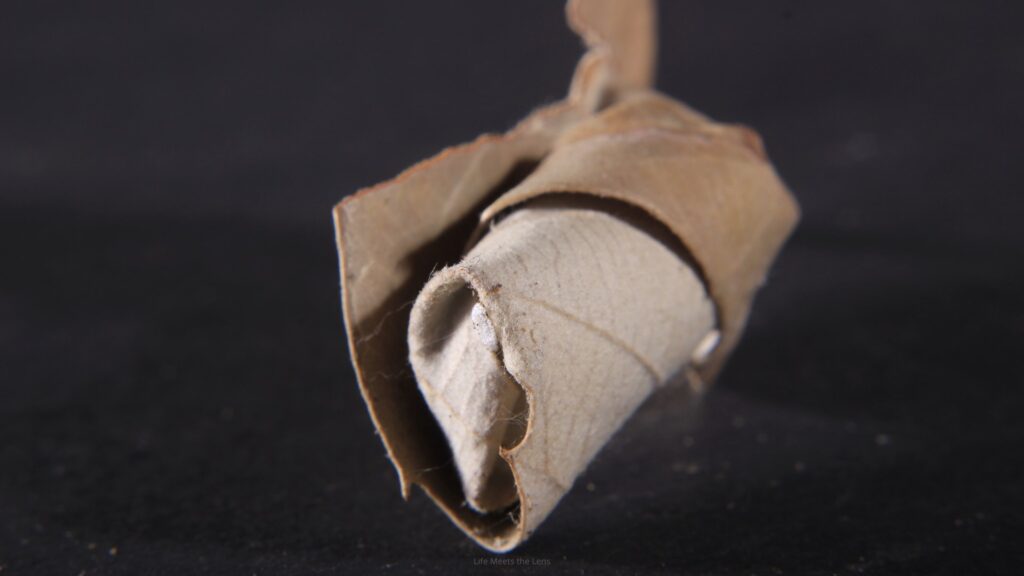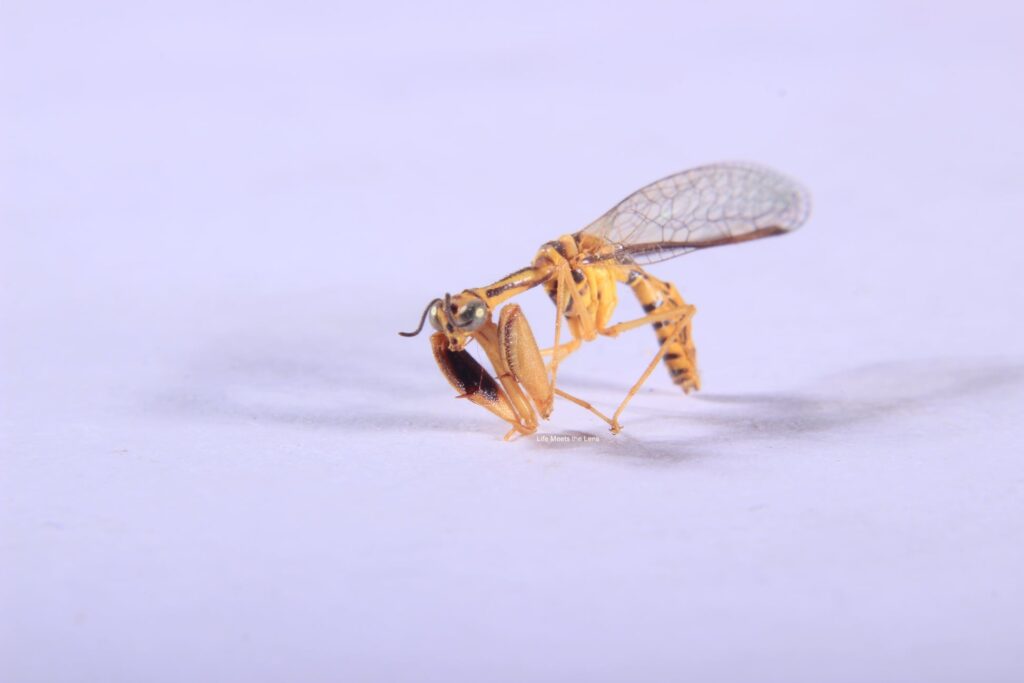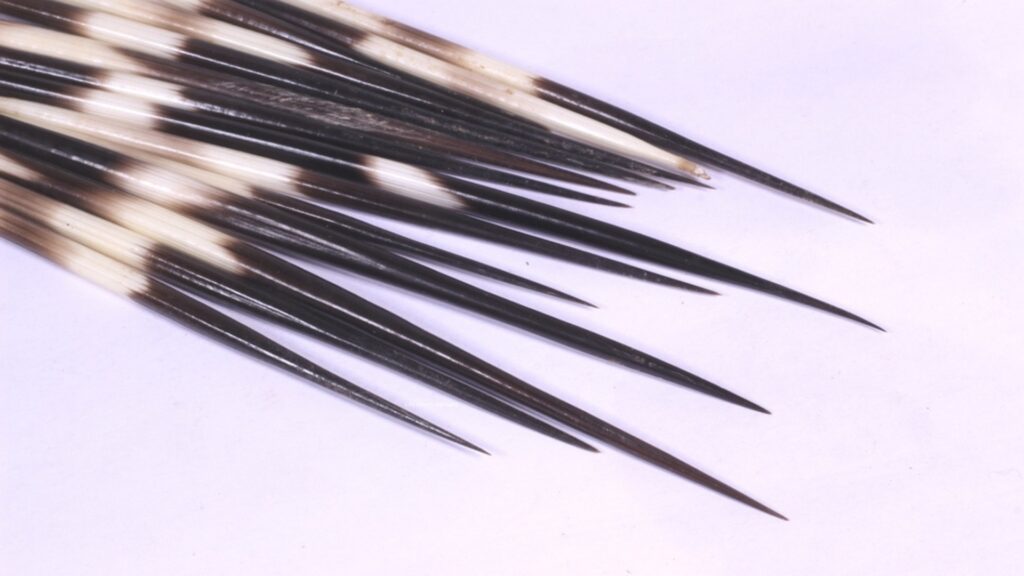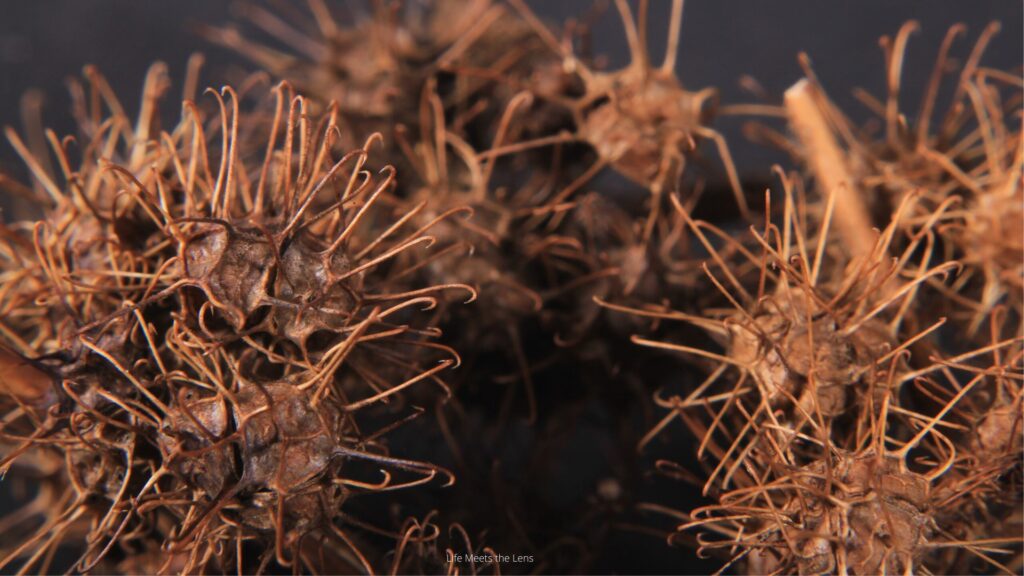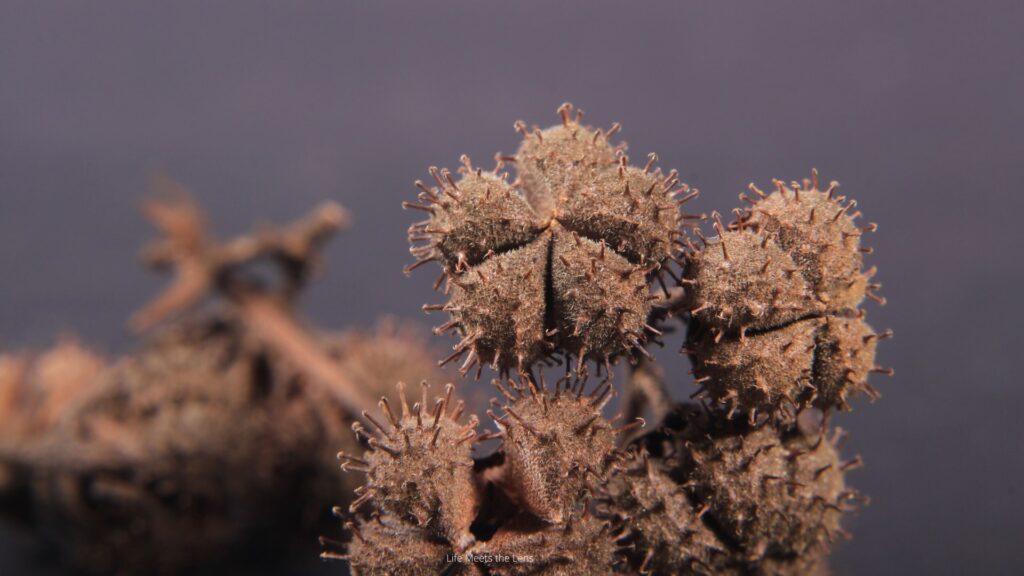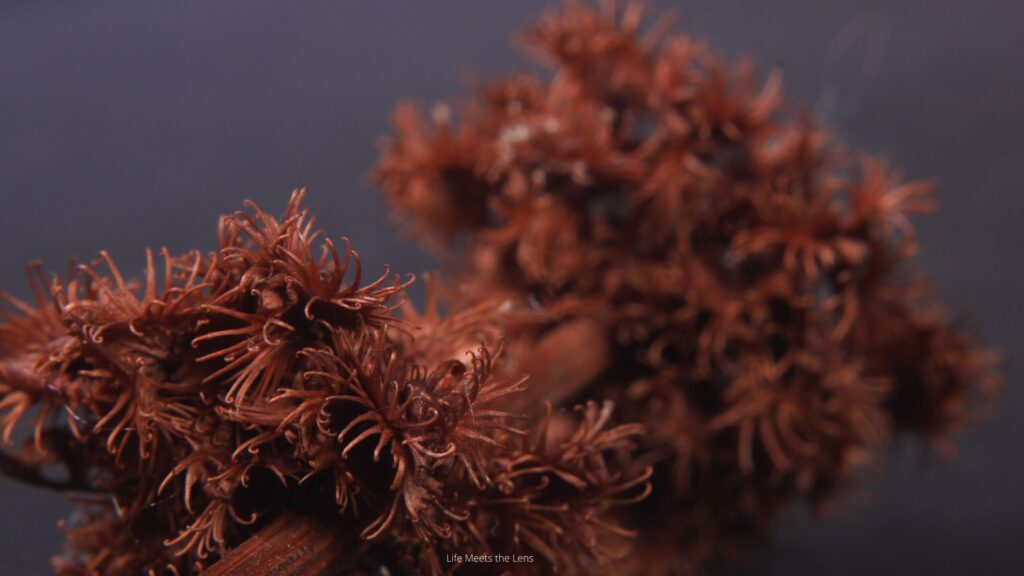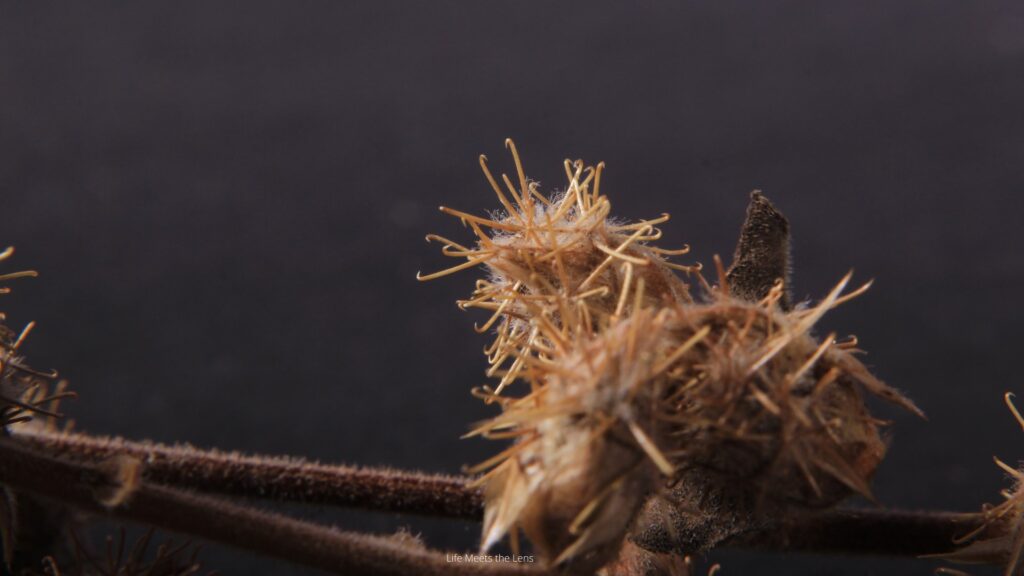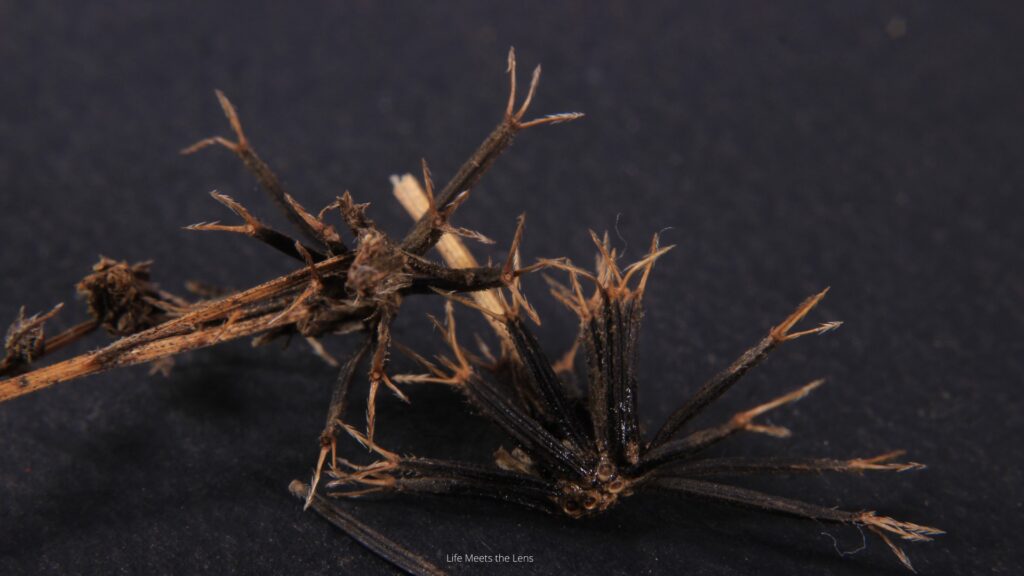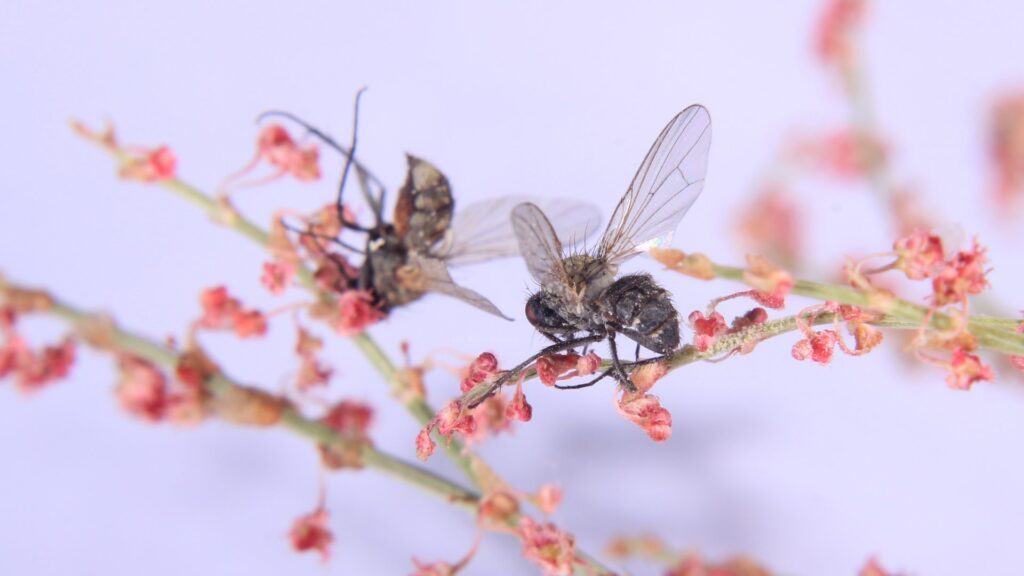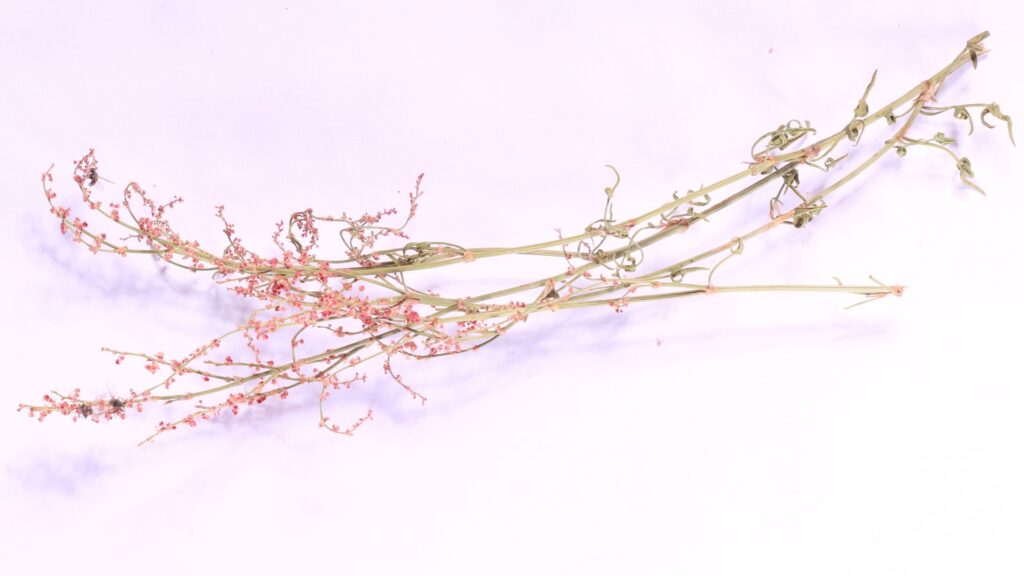Stories Through Museum
Storytelling is a very old method of sharing thoughts and experiences. We used our museum specimens to tell the story of life forms that exist on our planet.
Dung Beetles
What perfect spheres are these, but why are we posting them? These are made by one of the most fascinating insects belonging to the family Scarabaeidae and known as Dung beetles. They depend on the excreta of other organisms as a source of food. They roll the dung to feed their young. Female, lays an egg on these poop-rolls. Many dung beetles are very specific about the poop they eat. In relation to its size, the Onthophagus taurus dung beetle is not only the world’s strongest insect – it’s the world’s strongest animal! When moving balls of dung, it can pull 1,141 times its own body weight – that’s the same as a human dragging six full double-decker buses along a road!
Pupae
Out of four developmental stages in an insect's life, the pupal stage is most vulnerable. They are usually immobile and defenseless during this stage, making them very accessible as a source of food for other predators. Many insects species develop a cocoon around the pupal case to protect themselves. The cocoon is usually made from silk secreted and woven by the caterpillar/larvae before it pupates inside. Cocoon gives protection against loss of moisture and microparasites.
Pollen Basket
Bees are well known for visiting hundreds of flowers each day to collect nectar and pollens. They sip the nectar and store it in the abdomen. Once it reaches the nest, it passes this liquid to other worker bees and eventually becomes honey. But, what about the pollens? How do they carry them? They have a small part on the hind leg where they stick the pollens. In some bees, pollens are collected and stored in the dense hairs on the hind legs. All these pollens carrying parts are called pollen basket/ corbicula and scopa. These pollens act as an excellent source of proteins for the whole colony, along with the carbohydrates they get from the honey. These tiny insects are intelligent enough to carry their stuff (honey and pollen) back home after shopping from the stores (flowers) without any additional carrying bag. Next time you see any honeybee, thank her for not carrying any extra carry bag to collect pollen grains. You can see the yellow color pollens at the hind leg of a honey bee in these pictures.
Galls
Like most of the Homo sapiens who are known to take care of its offspring, many insects also follow this behavior. We have seen this type of behavior in most of the social insects like bees, wasps, termites and ants, where adults feed the young ones and also provide them the safe environment to grow into adults. But there are many other insects who do not believe in taking care of the young ones. But one thing they make sure that the newly hatched ones will get regular food supply and a proper safe place to grow. To achieve this, they choose different parts of the plants like leaves, stems or twig and lay eggs there. When hatch, these young larvae will stimulate the plant tissues to swell and form different types of shapes called galls (shown in the photographs). Inside the galls, these young ones will develop into adults without harming the plant. The plant provides the food and a proper safe place for the young ones. Do have a close look next time you watch any such irregular shapes on the plants.
Birds Nest and Spiders
We have been told that everything on this planet is interconnected and a small change in one place could lead to a new one. Cyanobacteria, a very simple and mostly ignored life form has changed the way life exists on this earth by producing oxygen through photosynthesis. There are many other events that happened in the past which led to the development of interdependence between life forms. A small flower that grows in a desert after rainfall is dependent on another life form, a bee for transferring its genes to the next generation, and this bee itself is dependent on the same flower for the development and survival of its colony that might exist in the same desert. In the same way, a small spider has a huge impact on the population of the birds. You might think of the spider as food for the young bird and its newborn, but it is far beyond this simple role it played. Before building the nests, most of the birds search for the spider webs and collect them all over its beak. Spider silk acts as glue to bind the base of the nest with the place it is built upon. Once the nest is built, the bird covers the nest with silk, so that the nest won’t open up. Due to its flexible nature spider silk also helps to accommodate the growing bodies of the young birds. This is how amazing our natural world is connected with each other.
Star Poop
You might have seen these sponges like round objects attaches to a leaf or stem near your garden or jungle and also heard a tale about these objects. Most of the old people say these objects fall from the sky and are star poop. These objects are made by insects, especially Praying mantis and cockroaches, and called an ootheca. Most ootheca contains 100-200 eggs inside with an outer protective covering. In the initial stage, this ootheca is smooth but becomes hard and strong very quickly. This provides protection from parasites and weather. Next time when someone asks you about these object, share the story of these insects and how they make sure the survival of their future generation by creating them.
Botanical doodlers
This seems like a half-done work of an immature artist who found interest in something else. But, can you imagine who might be the artist? It is done by a tiny larva that spends most of its time within the leaf. You can imagine the size of the larva which fits between the two layers of a leaf and safely enjoy the food and water present in it. The insects which show these kinds of behaviors are called leaf miners. Scientists working on these specific groups of insects found that the patterns are species-specific. So, just looking at the pattern formed by these larvae on the leaves, we can tell the exact species. Next time if you find any leaf in your garden, observe closely the width of these mines formed by the larvae and you can see the proof of growth in the size of larvae.
Beaks
Do you know that we can tell by looking at the beak of a bird if it loves eating seeds, insects, or something else? Birds have different types of beaks which help them to eat a specific type of food. You might have seen a parrot eating a fruit or cracking a nut very easily, but rarely extracting nectar from a flower. It’s mainly because the beak is built to extract the edible part of the seed. Similarly, a hummingbird or a sunbird is mostly observed over the flowers looking for nectar. They can also pick a caterpillar or an insect with their thin and long beak very easily. Birds with a short beak are mostly seen on the ground looking for seeds. Next time during a morning walk or a bird watching trip do observe the beaks of birds and imagine the type of food they might be interested in.
Animal Skulls
When an animal dies, the only thing which remains for a longer time is the bones and skulls. By looking at a mammal’s skull, we can find whether it is a predator or prey animal. Many prey animals have eye sockets that position the eyes on the side of the head. This allows for a wide range of view. Predators, however, generally have eyes that face forward. This provides the visual acuity and depth. If a skull has big eye sockets, the animal may be active at night.
Snail Shell and Birds Egg
Do you know there is a direct relationship between snail shells and birds' eggs? During the egg laying period, the bird needs more calcium than usual. Defects in the egg shell formation, skeleton growth have been observed due to lack of calcium. Such eggs fail to hatch, due to shell breakage or loss of water. Snail shells have been considered the main source of calcium for many passerine species. Decline in snail populations has shown an increase in eggshell defects in birds in forests. So next time whenever you see a snail thank it for the big role it plays in the life of birds.
Leaf Cutter Bees
Can you guess who has cut these leaves and why? This is done by a solitary bee belonging to the family Megachilidae, also known as leaf leafcutter bees or leafcutting bees. The leaves are used to build their nests in which they lay their eggs. A nest typically consists of several cells; each separated by a leaf wall. The nest looks like a cigar when completed (in next photograph) and contains several cells and each cell would have an egg. Each leafy cell itself is provisioned with pollen for the young. Upon hatching, the larvae feed on the food, moult a few times as they grow and pupate within the cell itself. Only the adults emerge from the nest. Quite amazing isn’t it?
Insects Eggs
Most of the insects produce eggs during the adult stage. They can be laid singly or in groups. They come in different sizes, shapes, and colors. Though the parental care of eggs is rare in insects, in few species, males provide some toxic chemicals during courtship to females. Some eggs have toxic shells, some are camouflaged and some have toxic hairs. Most eggs contain large amounts of lipids and proteins to build a larval insect body. This can be a very food source for other insects also.Many Parasitoid wasps and flies lay their eggs inside these eggs.
Bag Worms
At the first glance, these look like the pieces of twigs and old bunch of leaves. But what if I tell you they have been built by a tiny caterpillar? Yes, these all have been made by one of the rare architects of the animal world. These caterpillars belong to Psychidae family and called as Bagworms because of these bags like structure they built. They built these structures with silk and environment materials such as leaves, twigs, and sand. The caterpillar remains mobile as it hunts for food, and it carries the protective case along with it wherever it goes. This gives them camouflage from predators such as birds and other insects. You can find them on Banana leaves, on conifers, lantana leaves.
Crematogaster Ants
This specimen is about 6 years old and still it looks very new. This is a skink, a lizard belongs to the family Scincidae. They spend most of their time underground or between the big stones, where they look for its prey. But how is it very well preserved*? This is because of one of the ants belonging to genus Crematogaster. Ants belong to this genus are known as a Saint Valentine ant. They entered through the eyes and abdomen of this lizard and took out all tissue parts and left with the hard outer skin which is made up of keratin. By doing this they have removed all the fleshy parts, that can be the source of food for fungus, bacteria or other microorganisms. This method can be a natural way of preserving the specimens for longer duration. *This is not a scientific method of preserving the specimen.This is my personal experience that I have observed very often in the natural world.
Moulting
If you look closely, these are not the real animals. These are the remaining exoskeletons of few insects, spider and skin of a snake. It is a very common process where many animals casts off a part of its body. This process is called molting and it occurs at a very specific time of the year, or at specific points of the animal’s life. Many animals that shed their skin later eat their molt to regain energy lost during the molting process.
Shrike Bird
When I saw this for the first time, I was shocked and the first thing that came in my mind is how cruel kids are as I thought they are one who can do this. But when I measured the height where it was placed, my thoughts vanished. Adults never came in my mind as most of them are busy doing things that don’t involve the natural world. Then who else can do this kind of cruelty, can you guess? There is a family of passerine birds called shrikes also known as “the butcher bird”, which are known for their habit of catching small animals and pierce their bodies on thorns or any sharp objects. In this way they save its food for the future and from other land predators. Next time when you step out in the forest, do watch plants with thorns, who knows you also find one.
Cordyceps Fungi
These are different types of fungus that grow mostly on adult insects and their larvae. This parasitic fungus belongs to genus Cordyceps. When it attacks its host, it captures and replaces the host tissue. When the insects die, the fungus sends an elongated fruiting body (contains spores) out through different parts of the insect and spores get released and if they are lucky enough, they fall on another insect and this cycle repeats.
Parasite Moth
Yes, this is a very beautiful colored moth*, but what is it doing on the aggressive wasp nest? Like few other moths (Chalcoela iphitalis and C.pegasalis), this moth (species unknown) is a parasite that kills paper wasps. Yes, the caterpillars of these moths consume the larvae of various paper wasps. The female moth flies to the nest only at night, when the wasps are inactive, and lays eggs on above or adjacent to the host nest. Caterpillars soon hatch, invade the cells and consume the wasp larva. A mechanism by which the moth parasite is able to bypass the host defense is still unknown. *I found these moths in one of my wasp nest collections.
Insects who love rolling
Yes, it is true, insects also roll. But they do it for different propose. There are more than thousands of species of insects who can perform this action. The larvae of these insects are very small and to protect themselves from others they roll a leaf-like cigar and remain inside. They do it with the silk they produce. Inside this safe structure, the caterpillar can enjoy its food without being attacked by other predators. Many other insects make these structures to lay eggs inside them. The leaves remained rolled for a year after the insects leave them. These rolled-up leaves act as temporary homes for different insects during the hot summers and monsoon seasons. You can easily spot these rolled leaves in your gardens also.
Mentis or Wasp
We are surrounded with nature's amazing creations, yet we know very little about it. It surprises us every time we step out into the world of different life forms that exist around us. Every species around us has a definite role and importance. At times a simple flower might not look fascinating to us, but if we look deeper and ask a simple question about, how that flower will turn into a seed and then into a whole new plant, only then we can understand how interesting our world is. If we look at this small insect from front, it looks exactly like a praying mantis but at the same moment it also exhibits the characteristic of a wasp. But, this tiny insect is neither a mantis nor wasp. Even this tiny form of life can raise many interesting questions about our natural world, which are still unexplored.
Shooting quills
Many of us might have seen a small piglet size animal that is covered with long black and white spikes all over its body. It is called Porcupine and it is most active during the night. These spikes which are also called quills are just modified hairs made out of keratin, the same substance found in our own hair and fingernails. They are herbivores and depend on bark, roots, fruits, seeds, flowers, nuts, fruits, and tubers. The end of each quill is very sharp and can pierce the skin. Old ones are replaced with the new quills. When the porcupine is under attack, the muscle under each quill allows them to stand up and it shakes its quills to warn the predator. But, they cannot shoot these quills at predators. The great philosopher Aristotle was also misinformed that porcupines could shoot their quills over great distances. Next time when you saw a porcupine do remember you are more updated than Aristotle.
Seed dispersal
All the plants which we see today are the result of evolution which led to the development of the amazing features in them. Development of thorns, special chemicals and ability to capture insects are few of the common examples we have already known. Despite standing in the same place for years, plants have developed amazing methods during the evolution for the dispersal of its offspring in the form of seeds. Wind is one of the mediums which helps in this process. Animal fur is a perfect medium which helps in the efficient dispersal of seeds for many different species of plants. Many times we have also helped in the dispersal of seeds through our clothes. This dispersal through the animal fur is possible due to the presence of hooks, spines and barbs either directly on the seed or over the seed coat. They also come in different shapes. Next time when a seed sticks on your clothes, do give a closure look to this amazing method that has been developed over the billions of years.
Mind Controling Fungi
Why these flies are not moving away, which they normally do when we try to kill them? This is because they are under the control of a fungus called Entomophthora, which controls its brain. The microscopic airborne spores of this fungus settle on the adult flies and start growing inside them. It multiplies within the body and eventually grows within the brain of the fly and controls its flying behavior. Instead of flying, this fungus forces it to crawl upwards at the top, where it attaches it to the plant part and dies. This top location improves the chances of fungus to spread its spores as widely as possible to ensure transmission to another fly. Next time when you see a fly that is not showing any movement despite your efforts, it might be under the attack of this natural biological control of flies.




